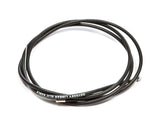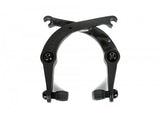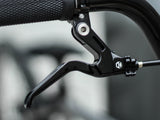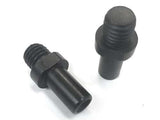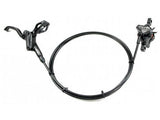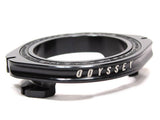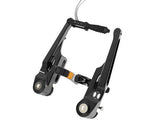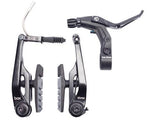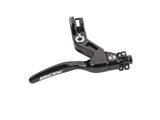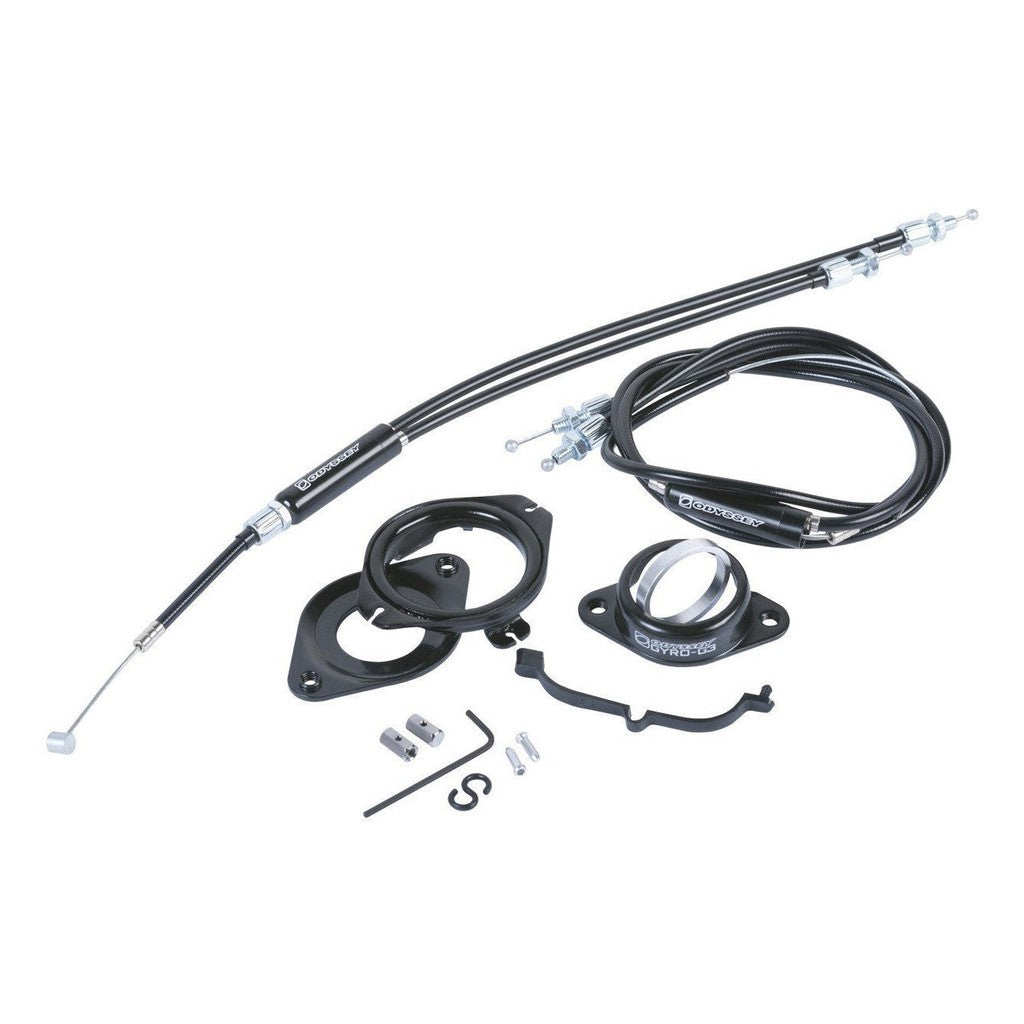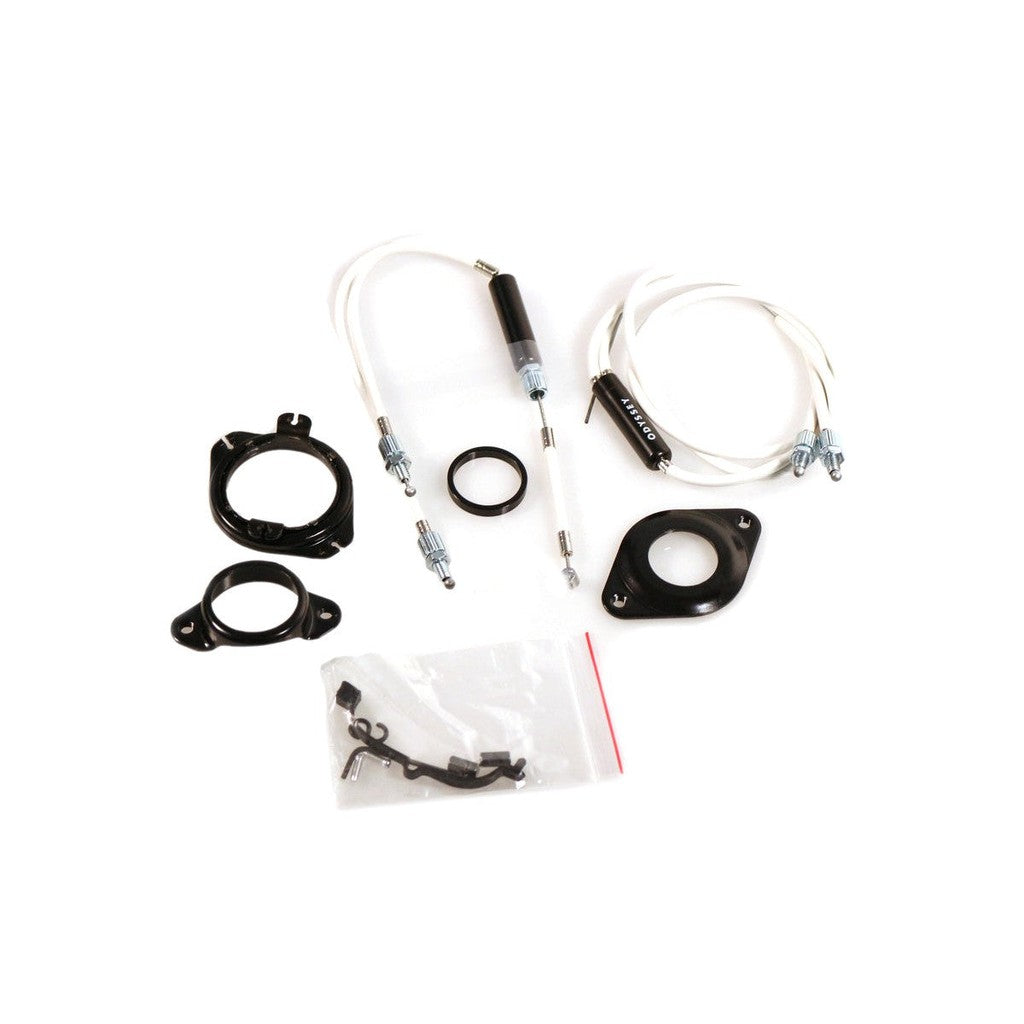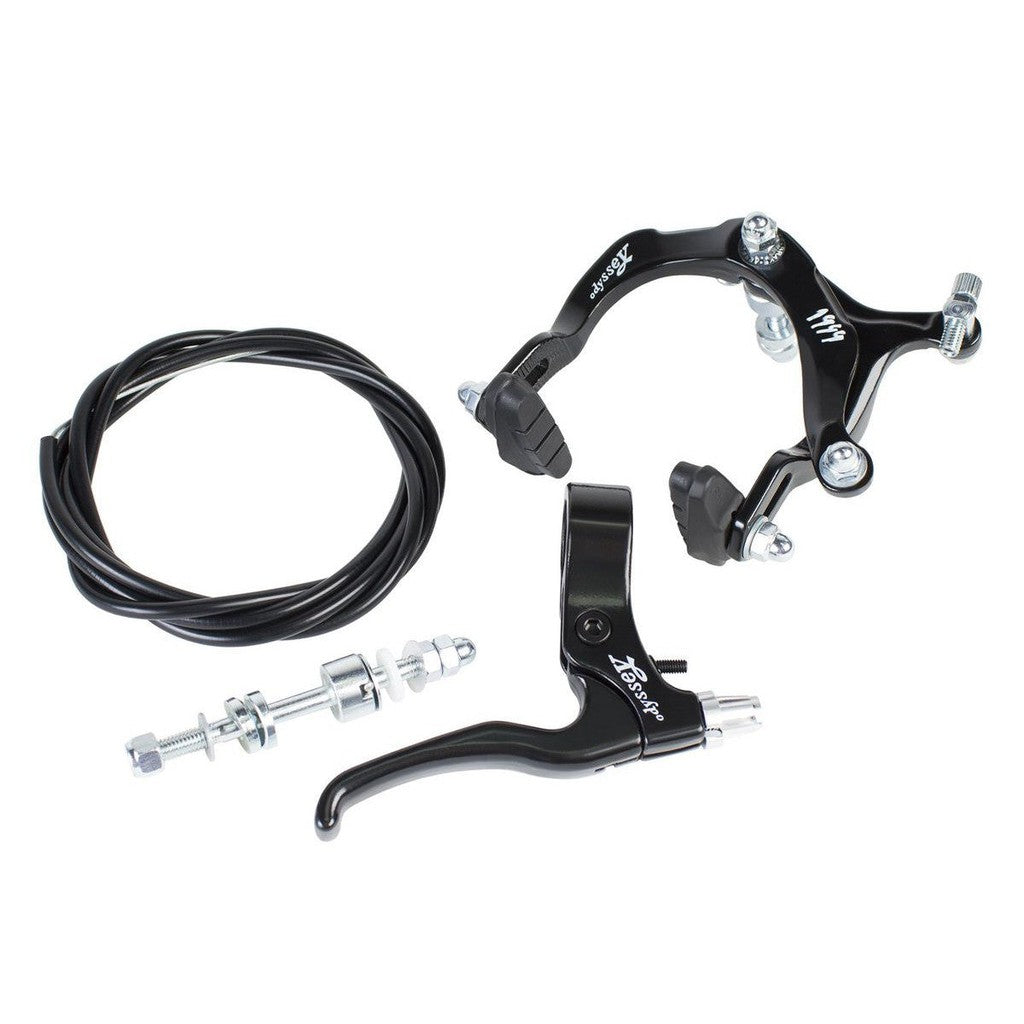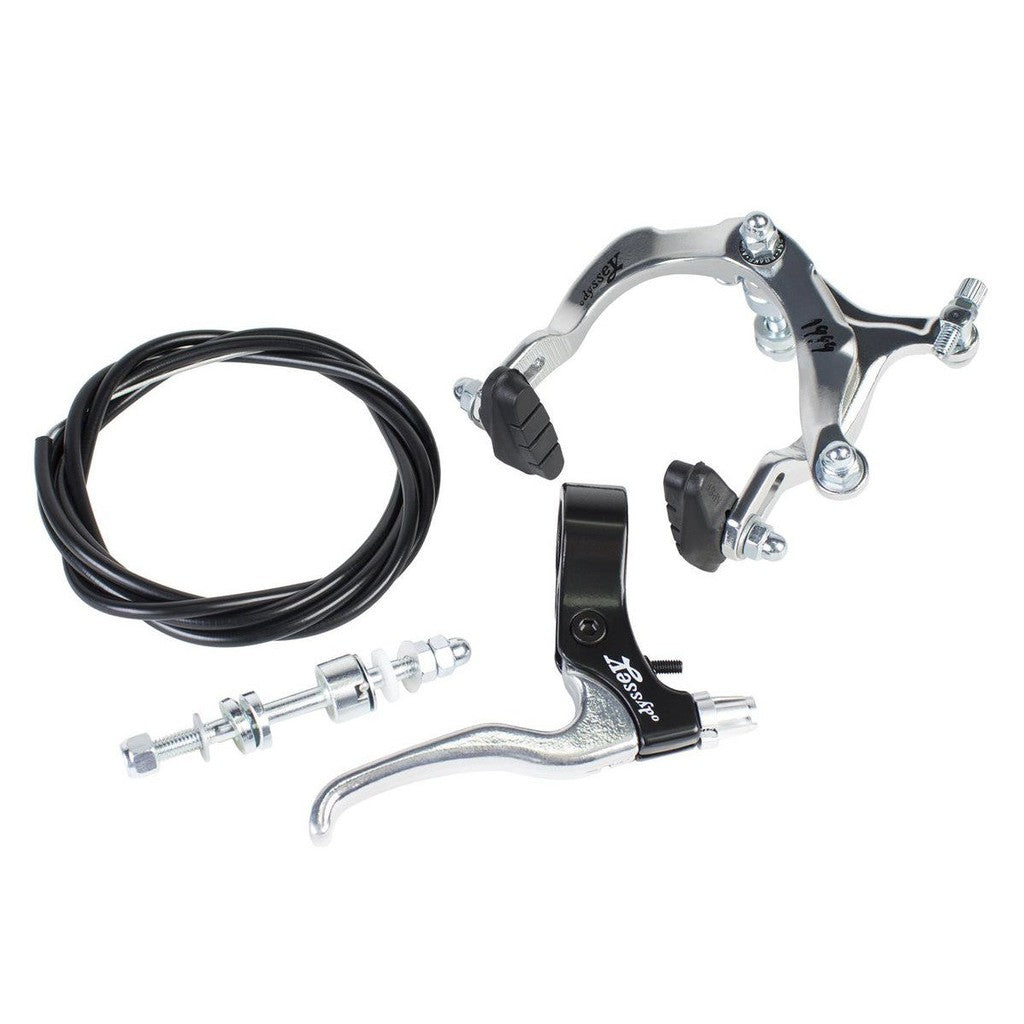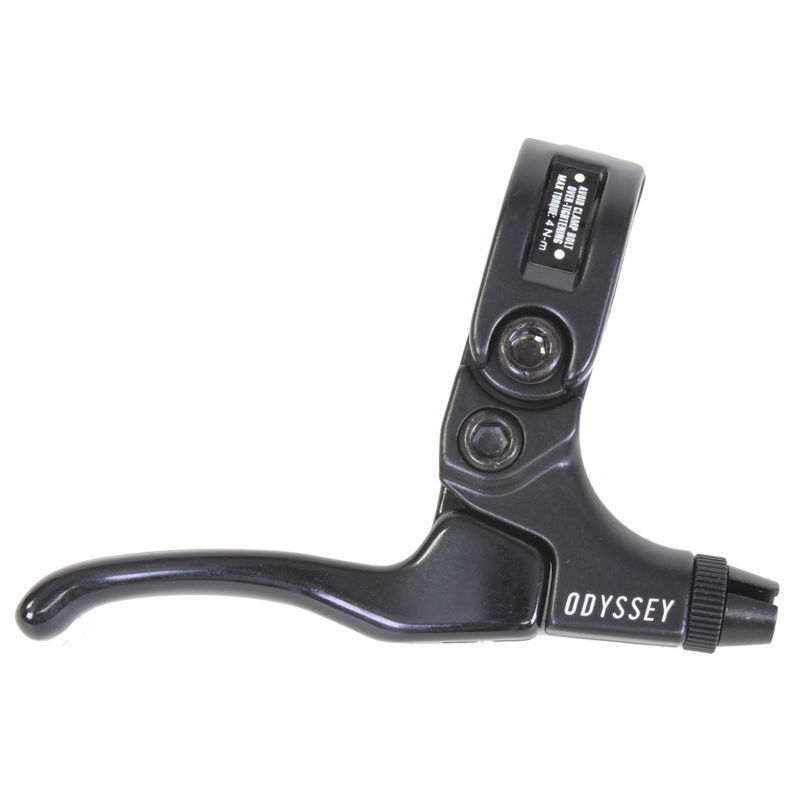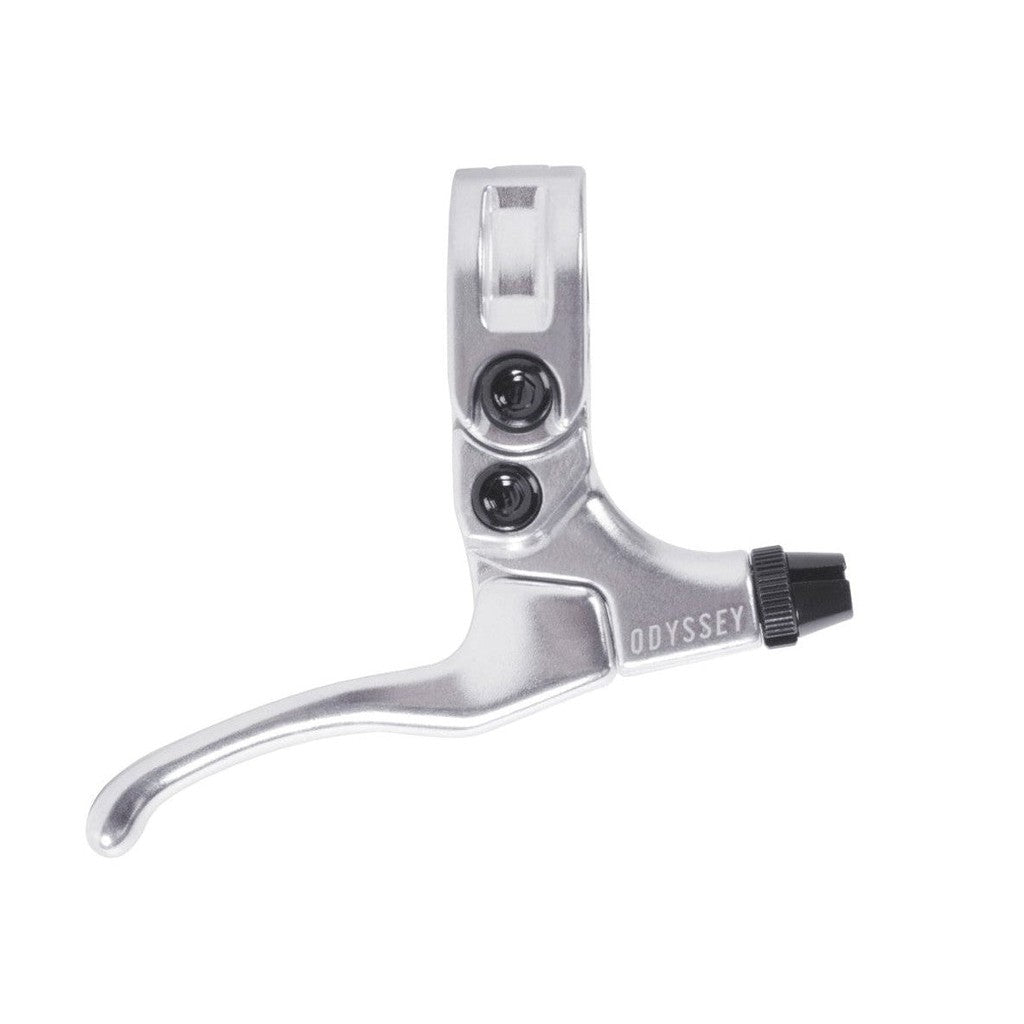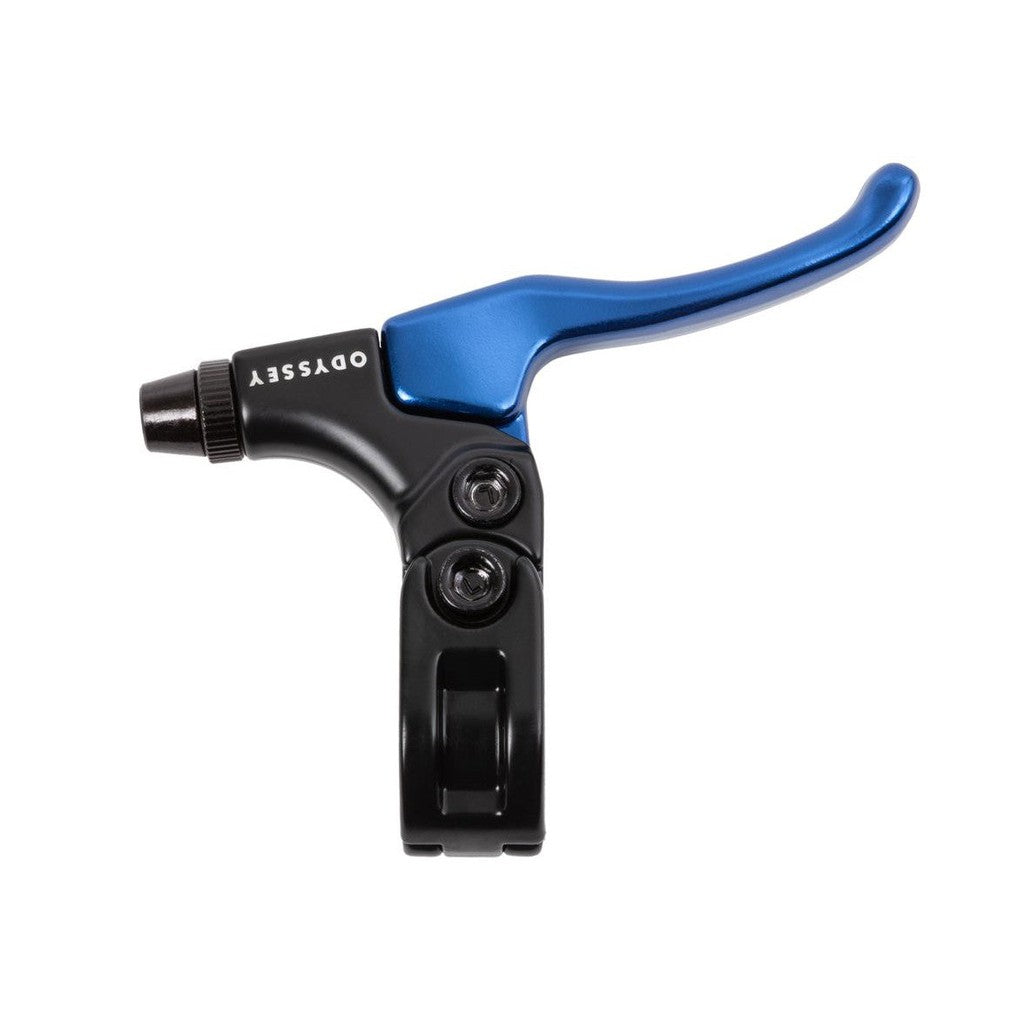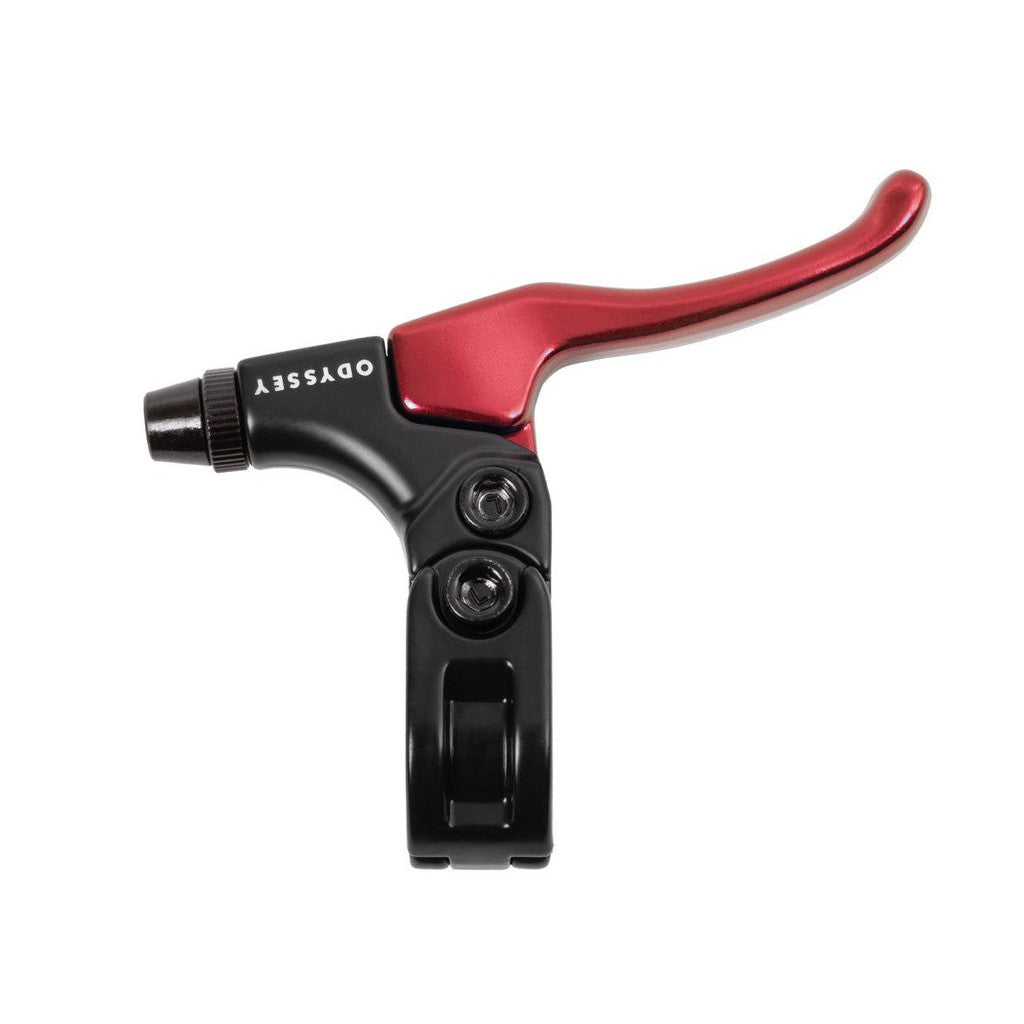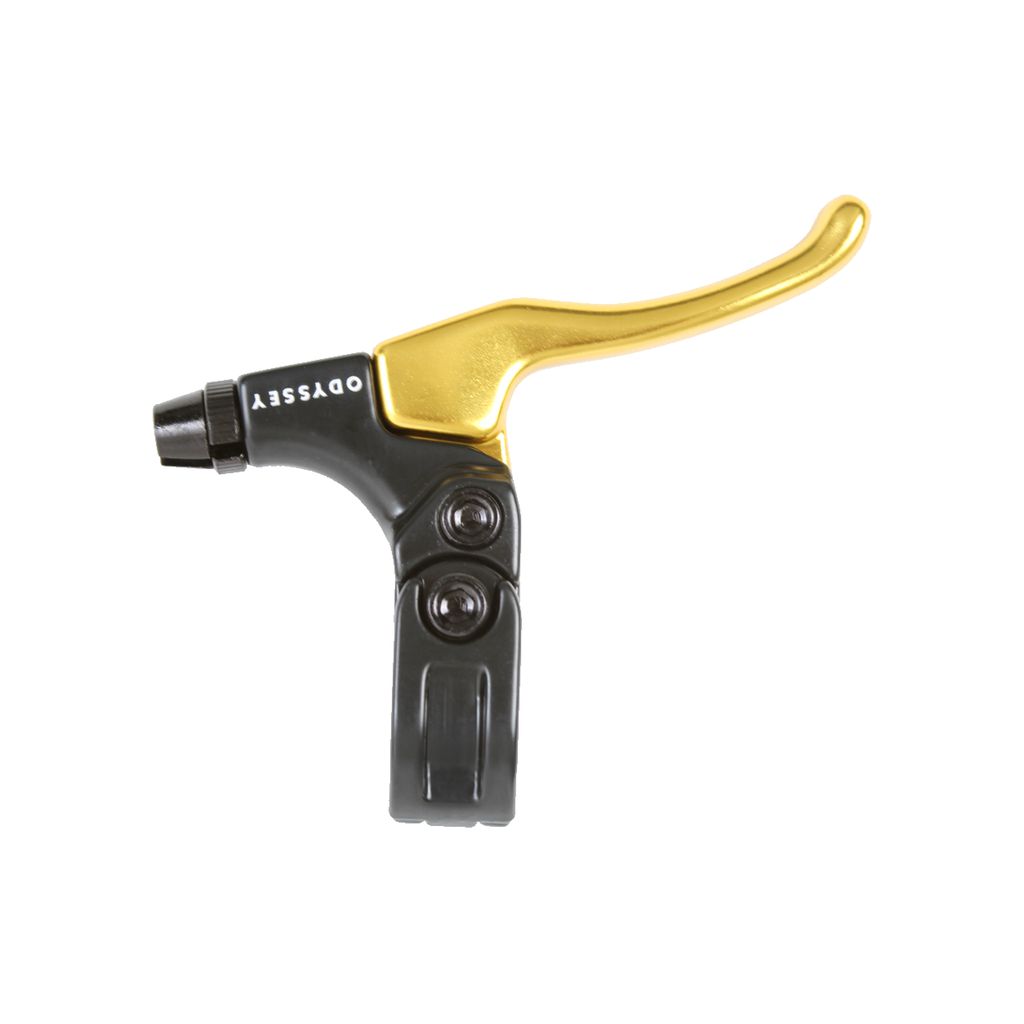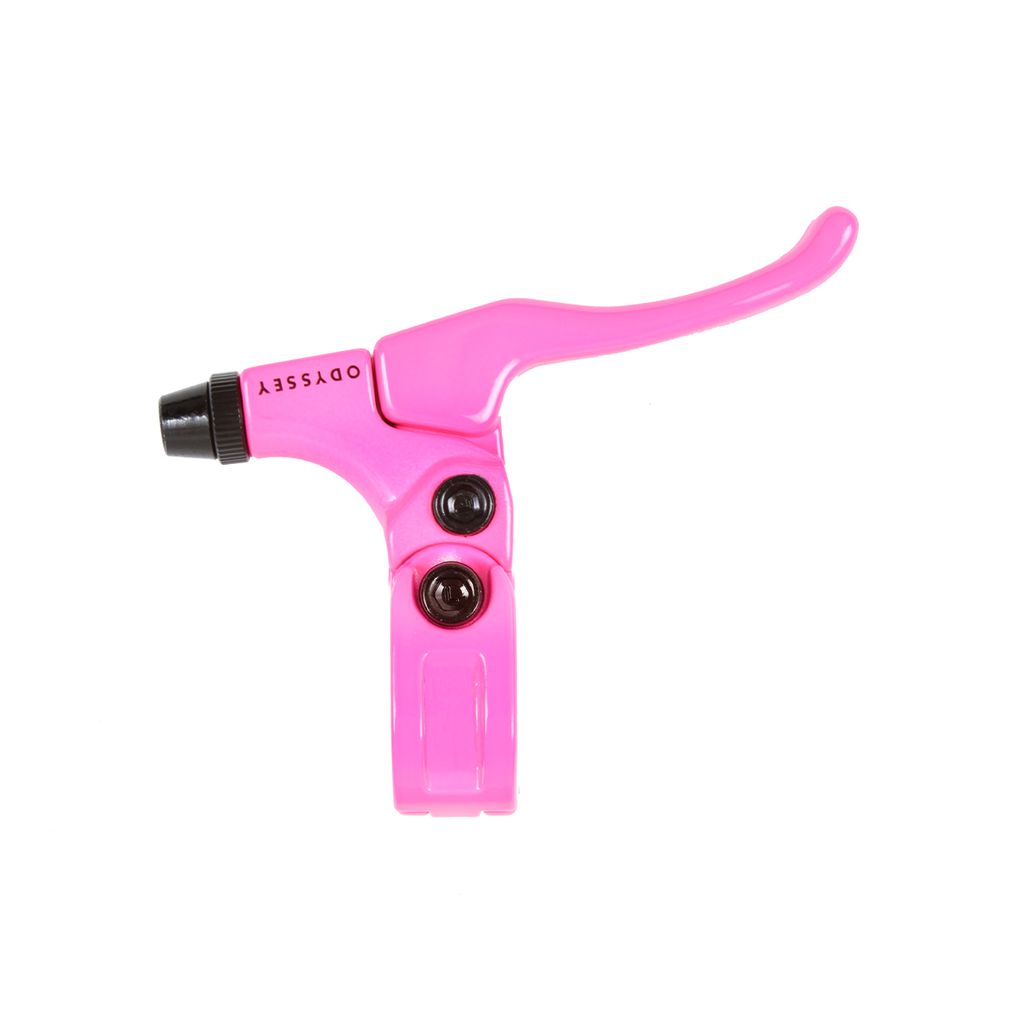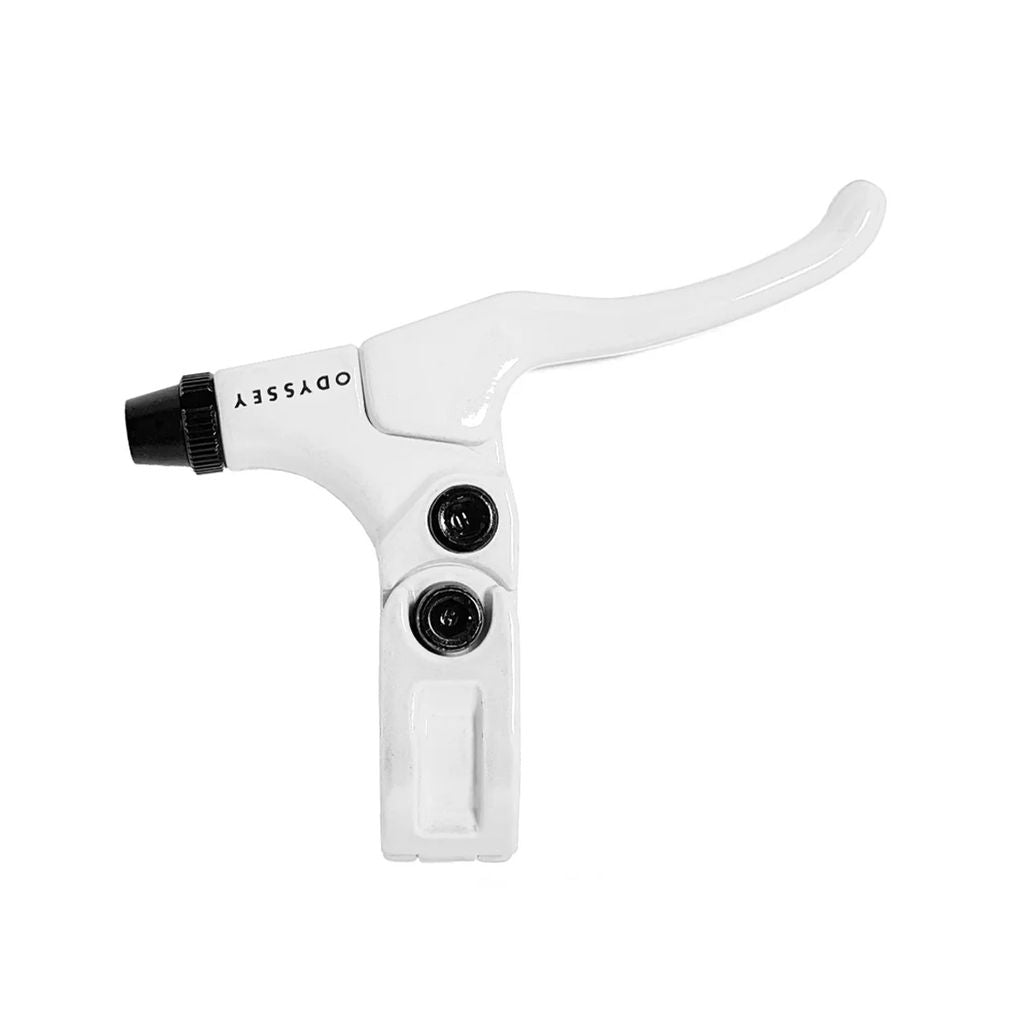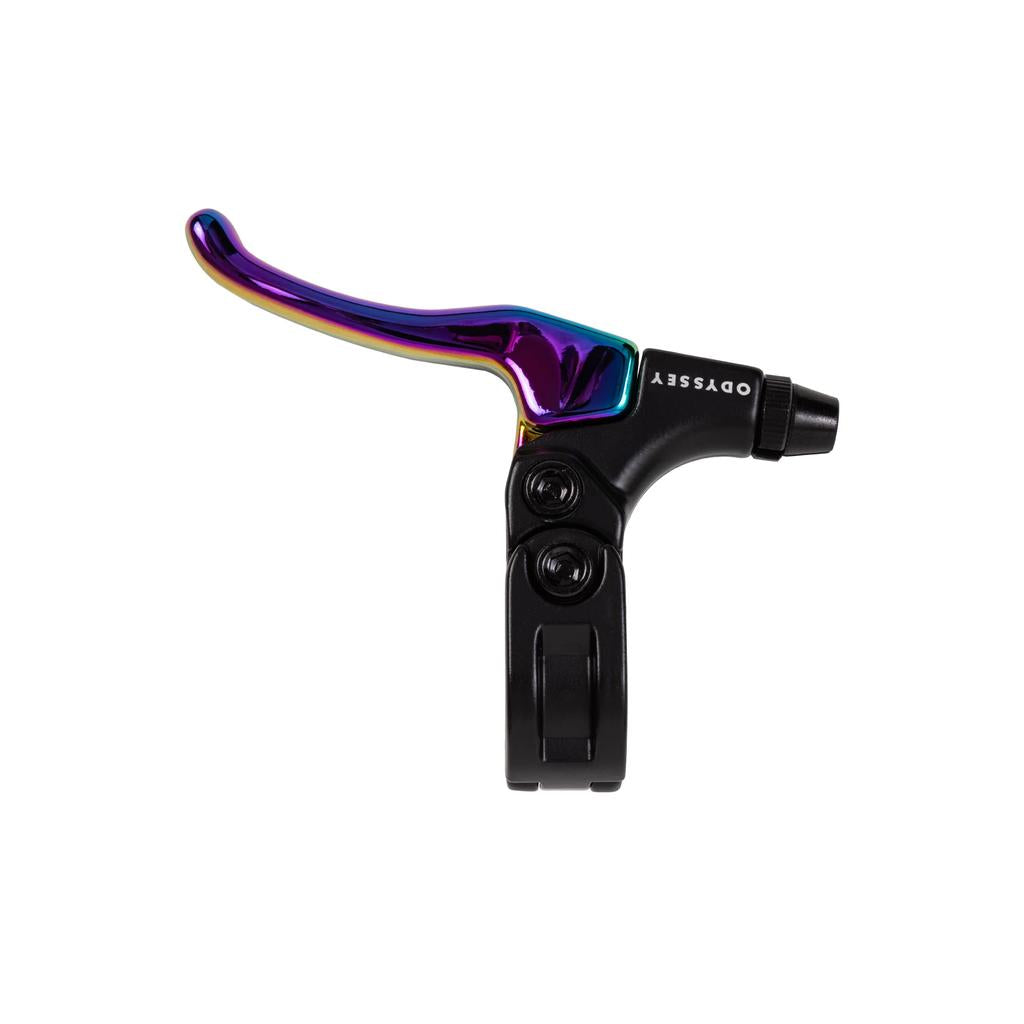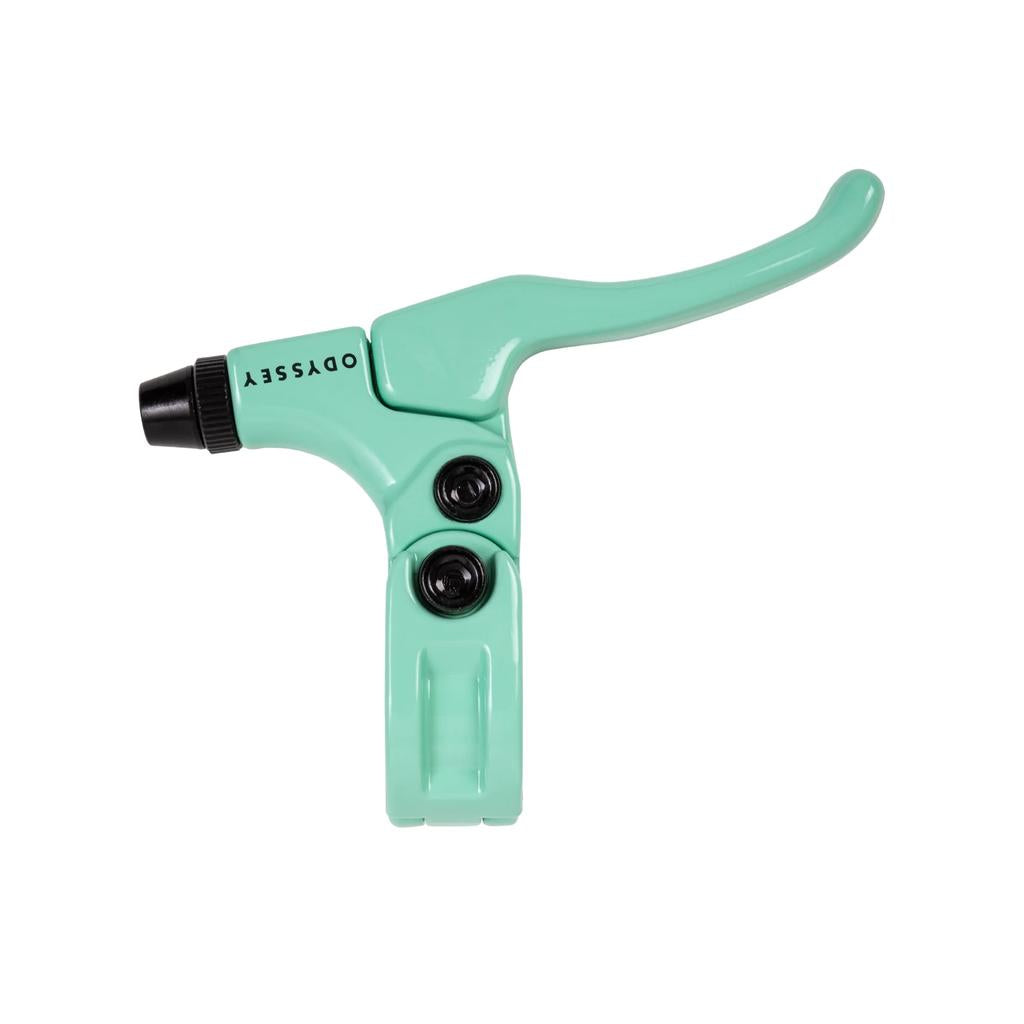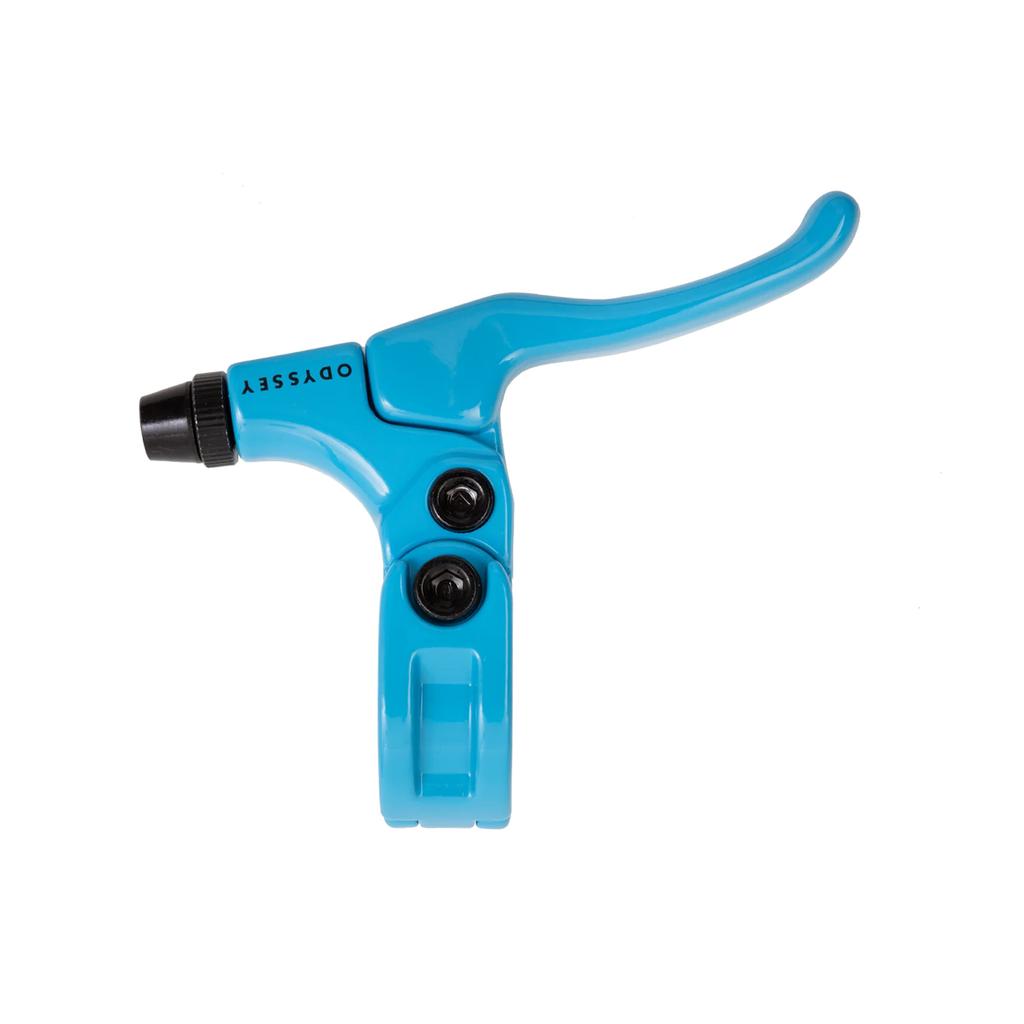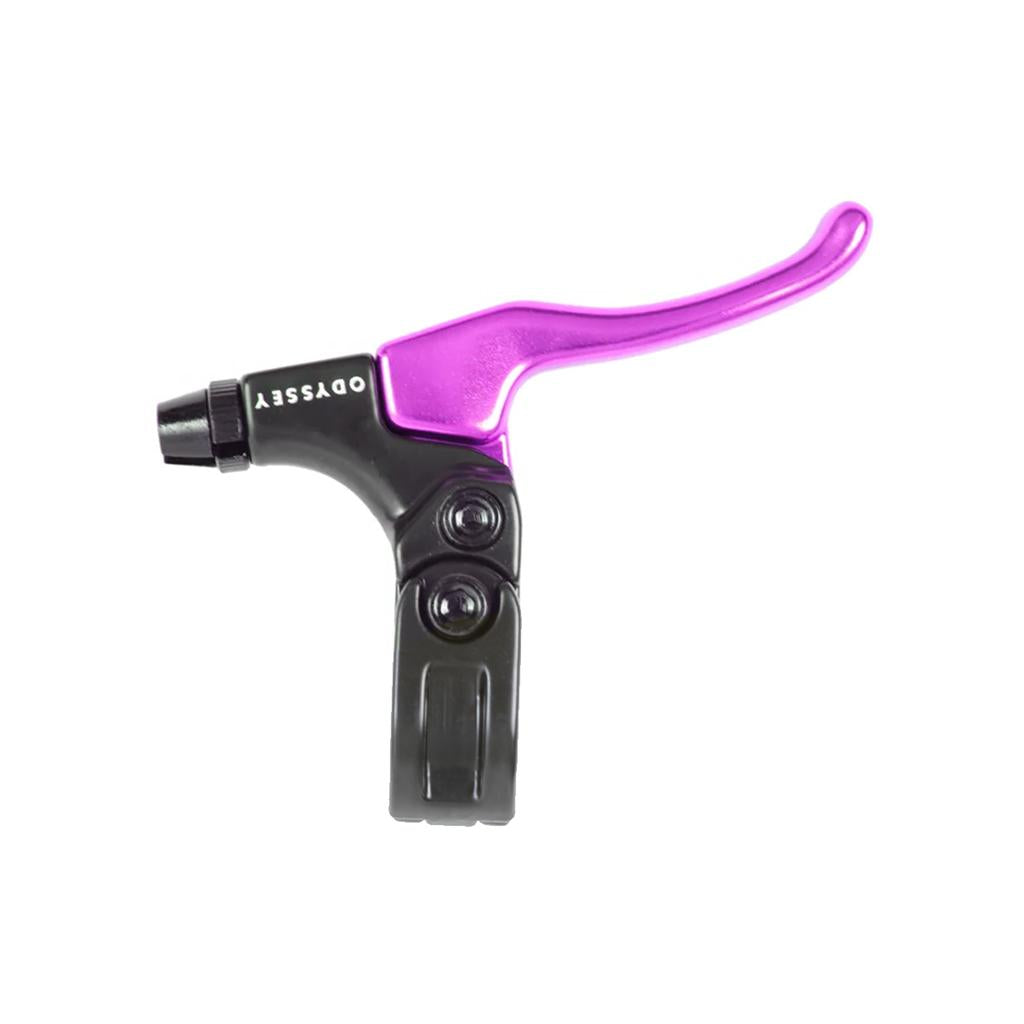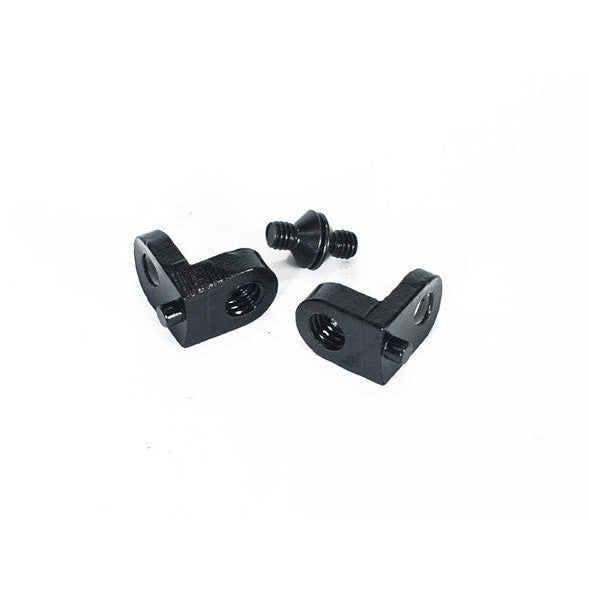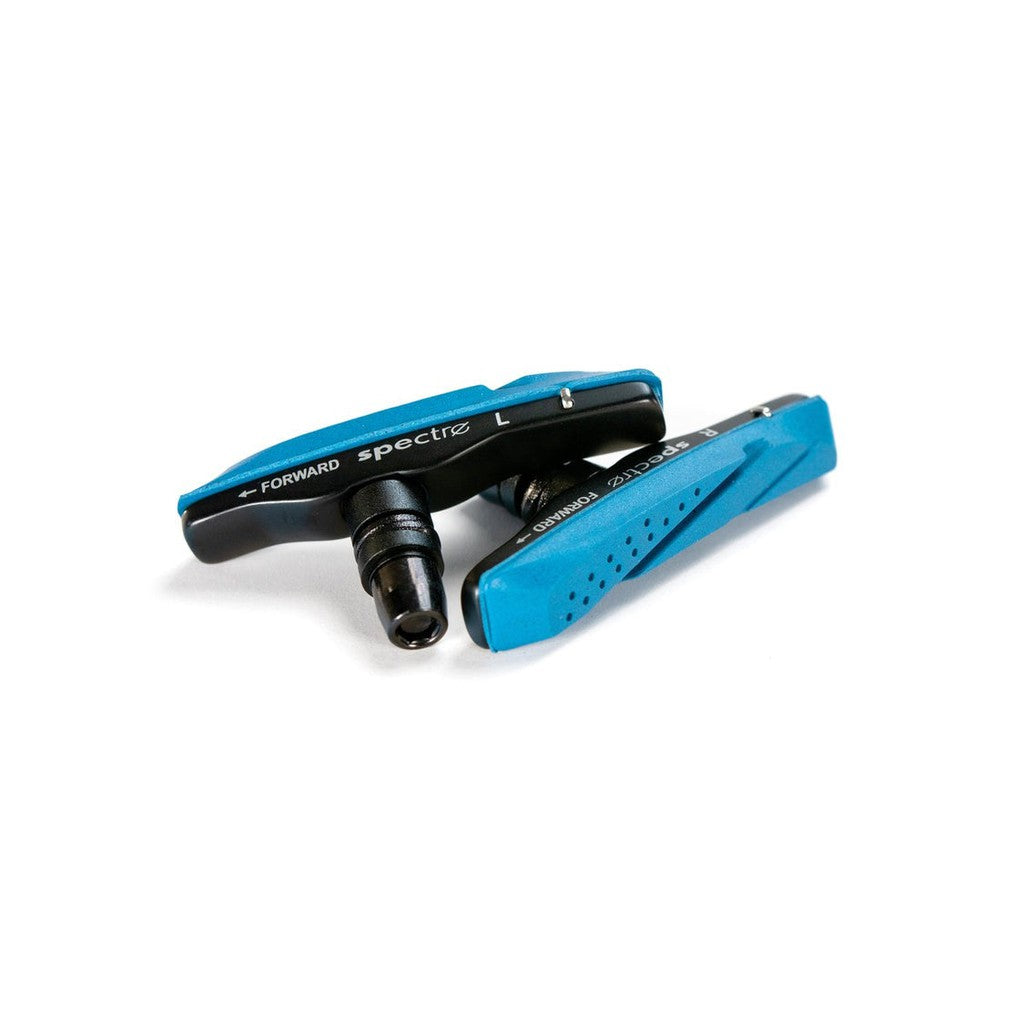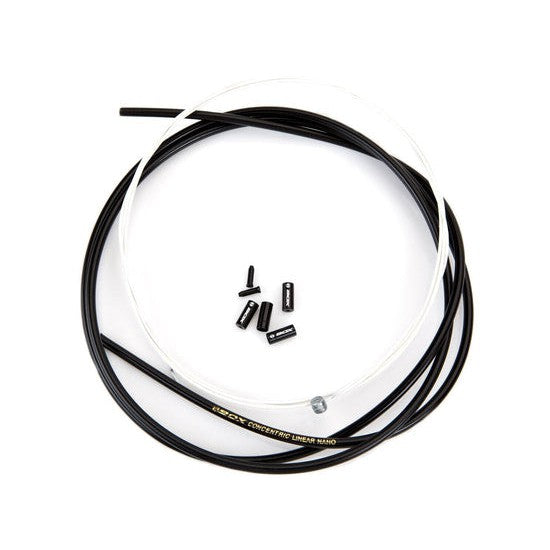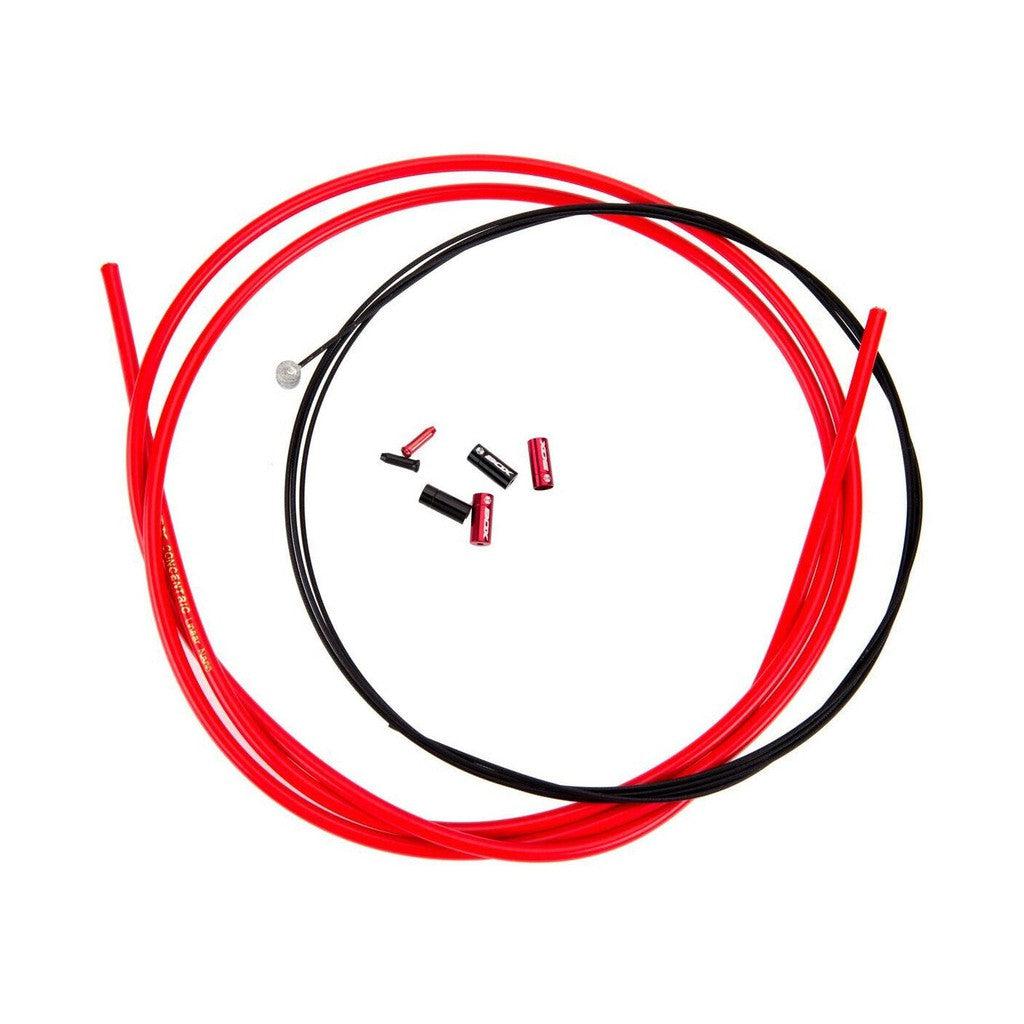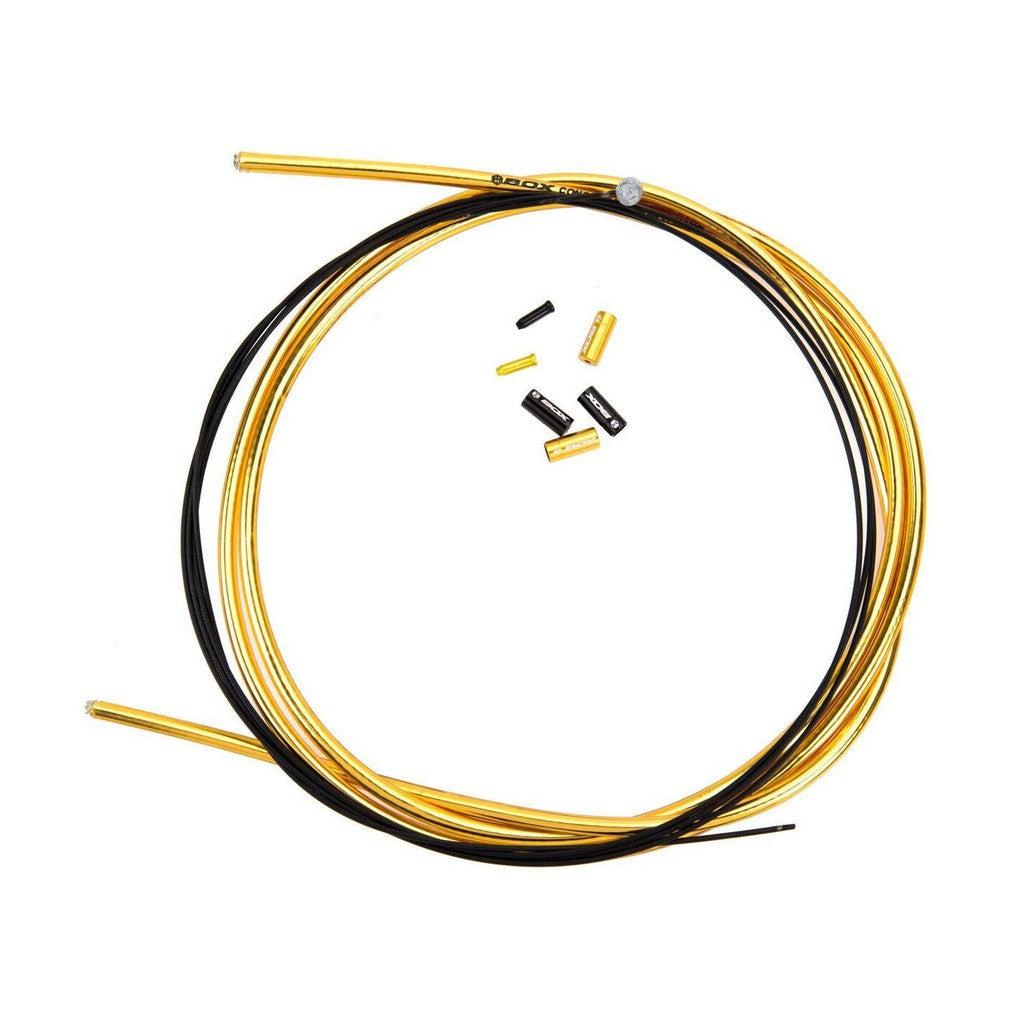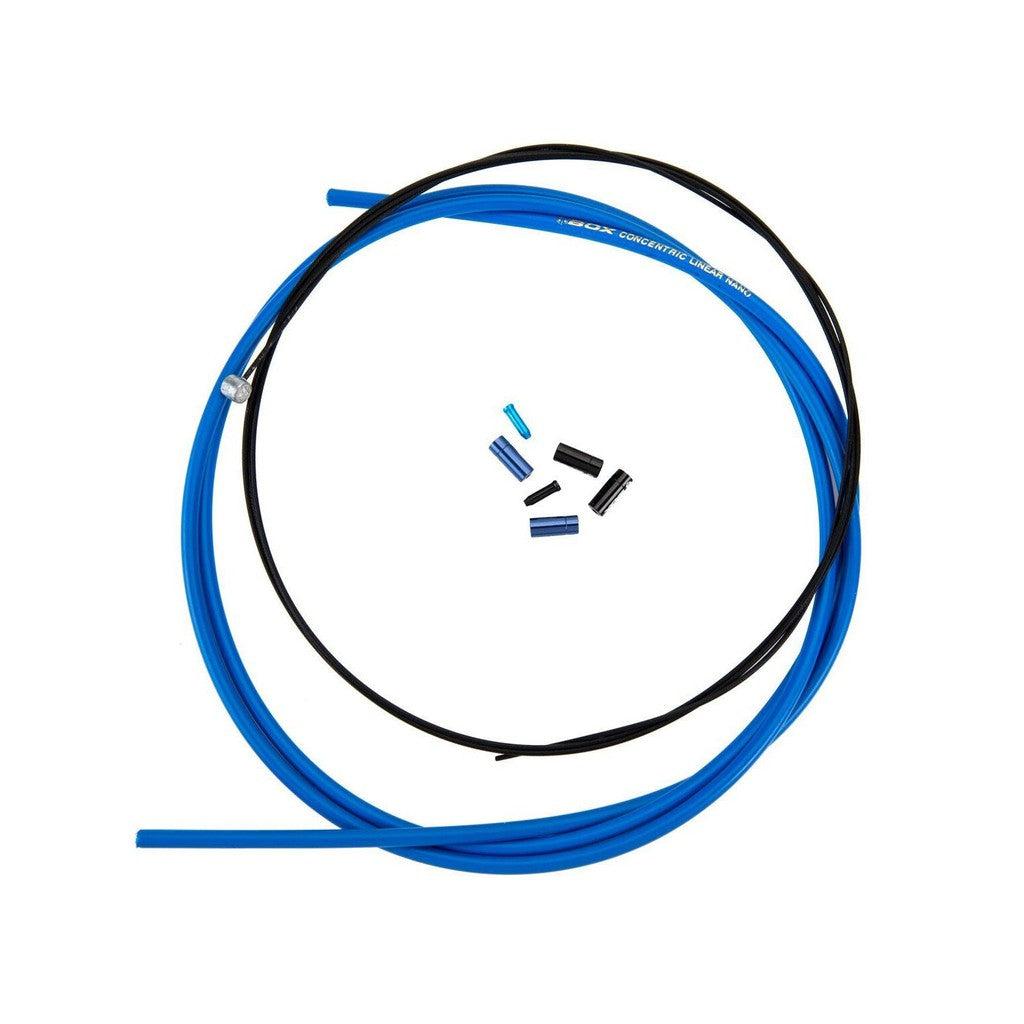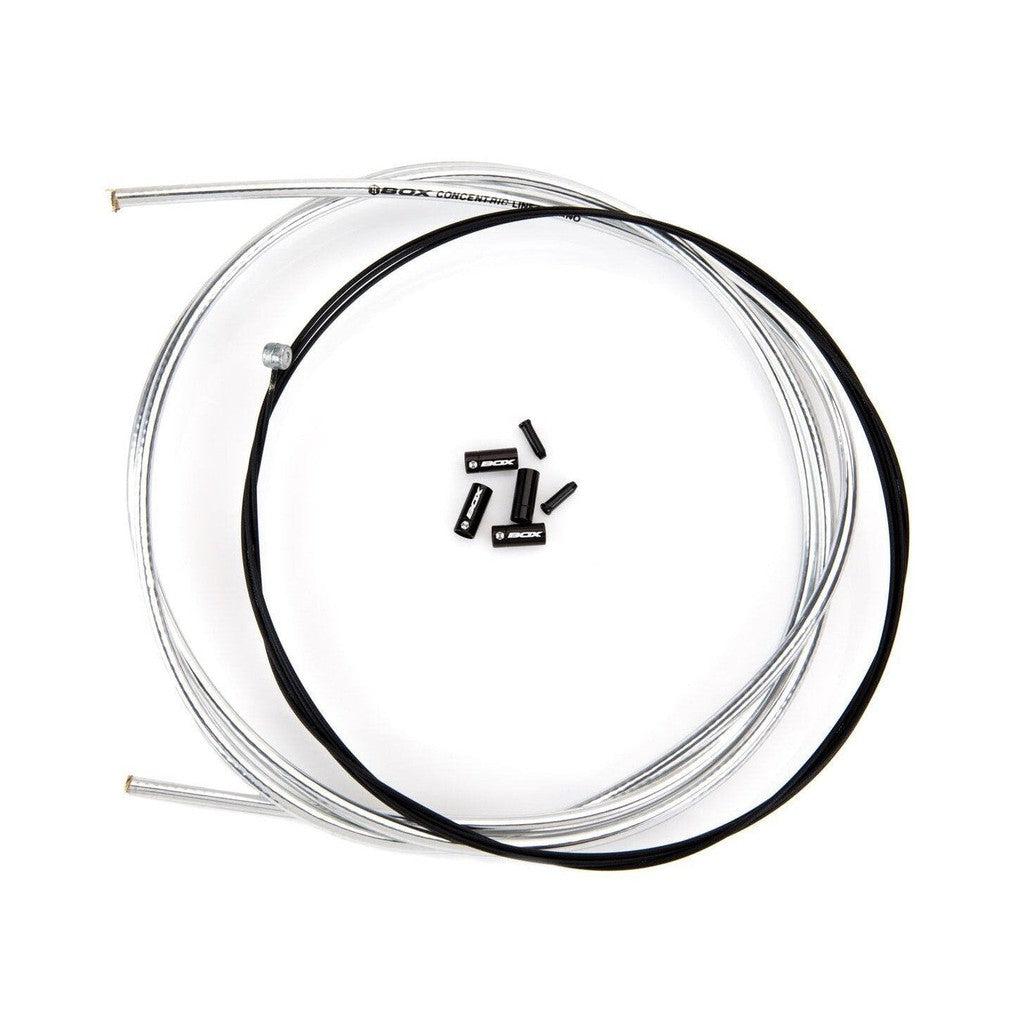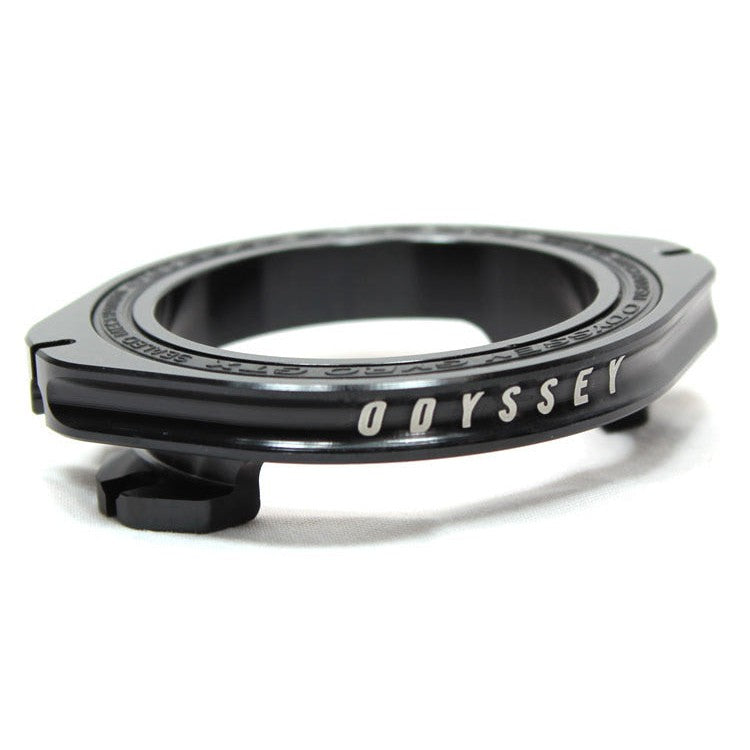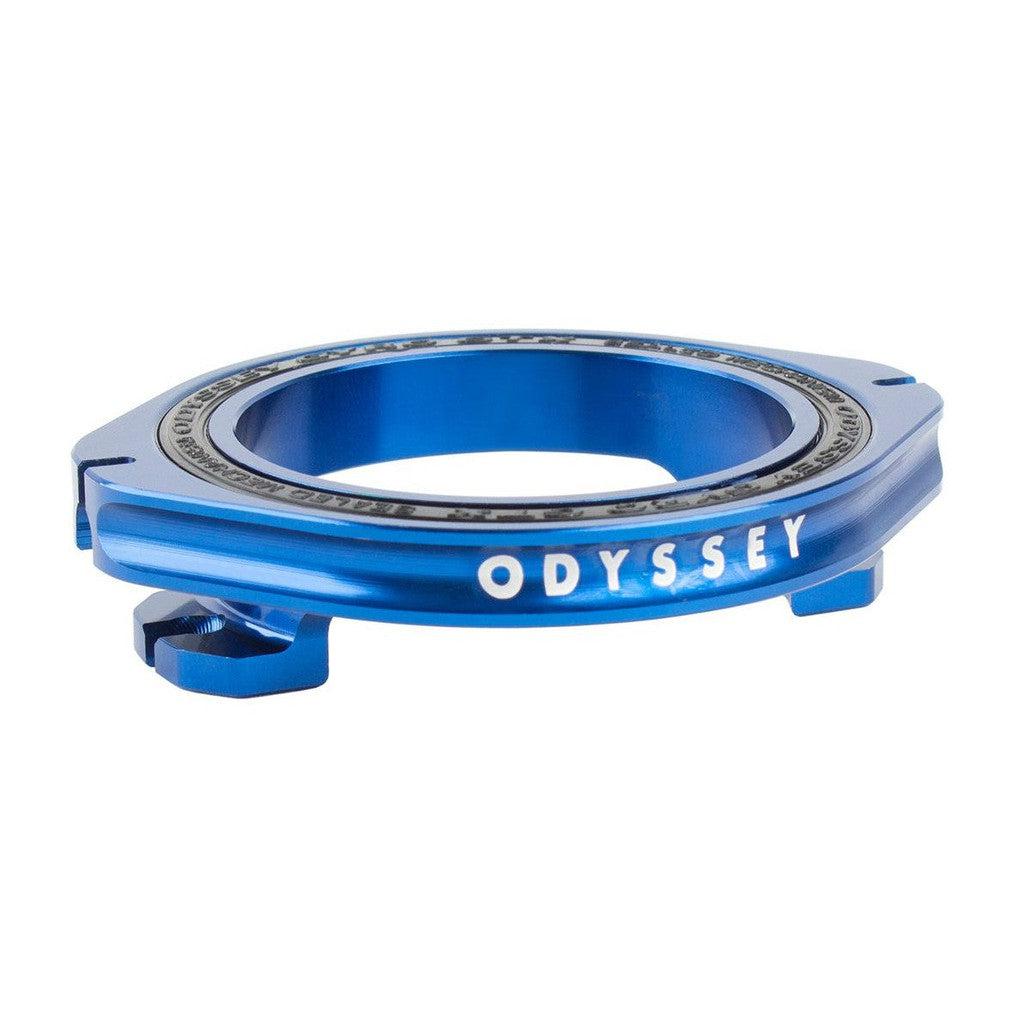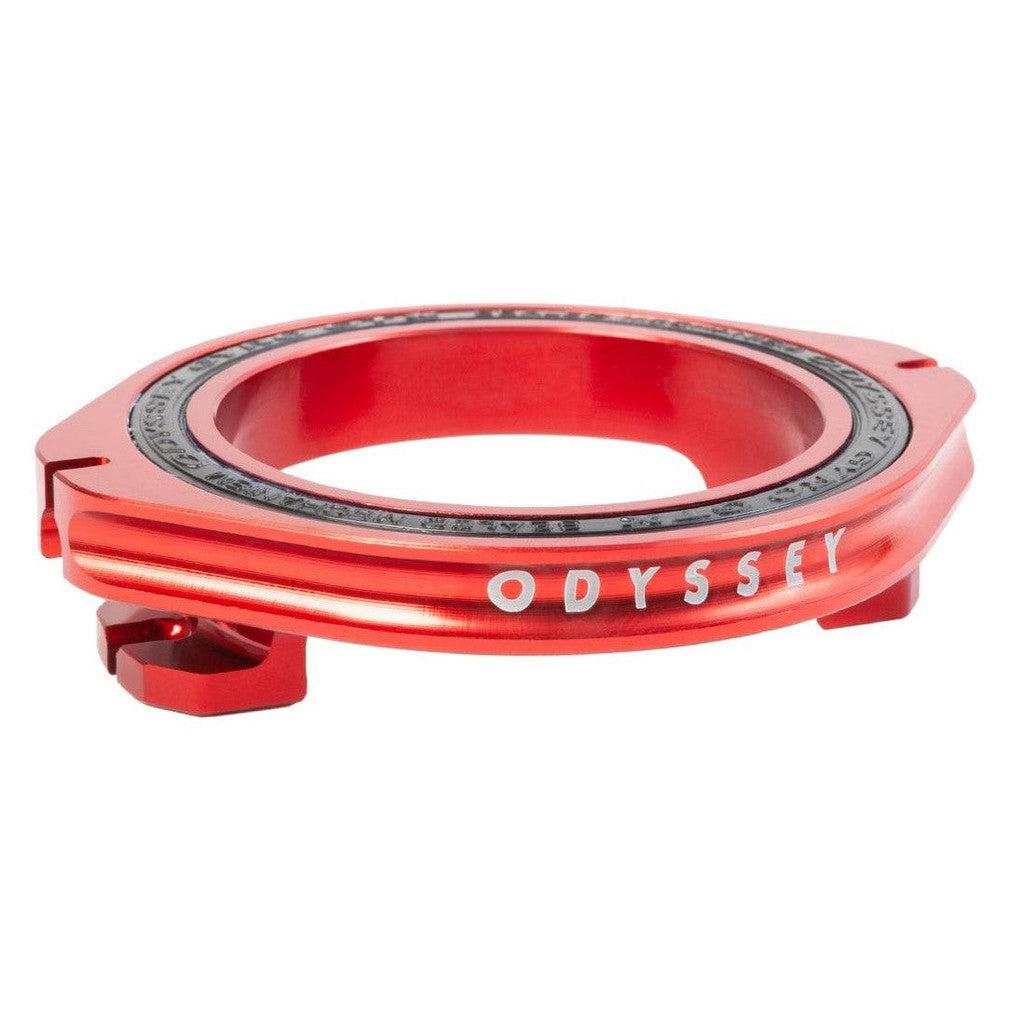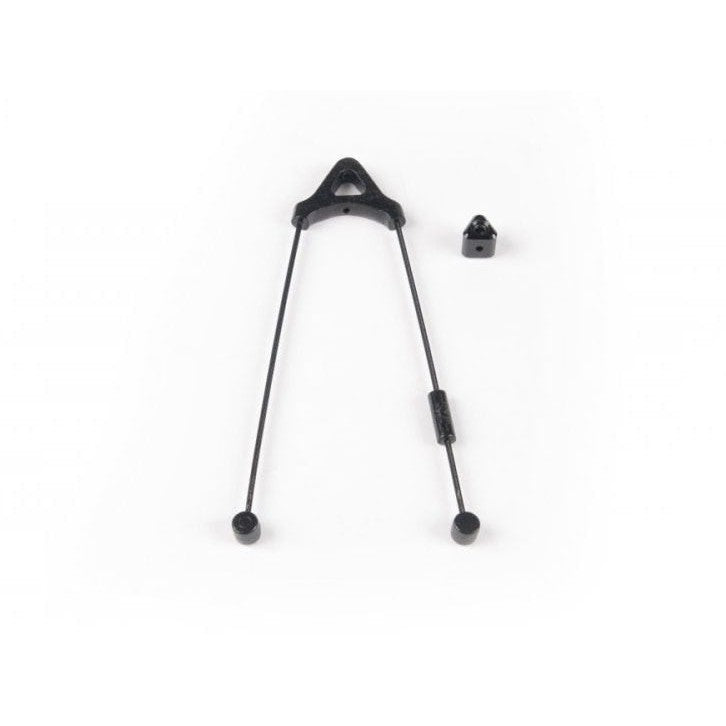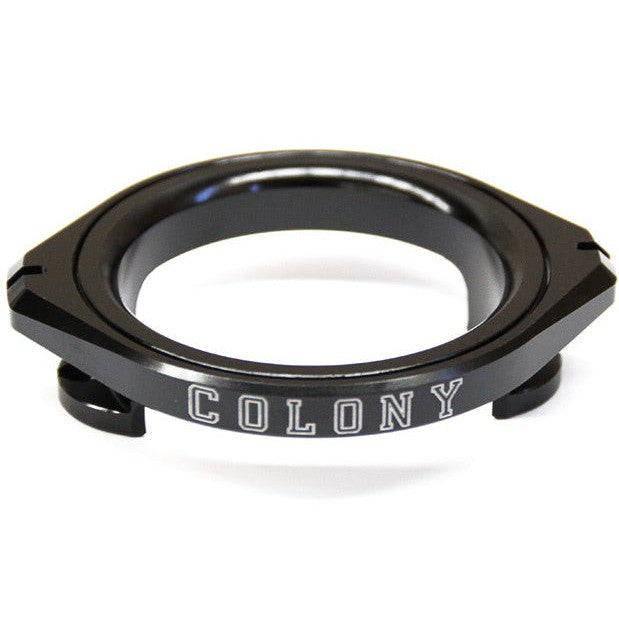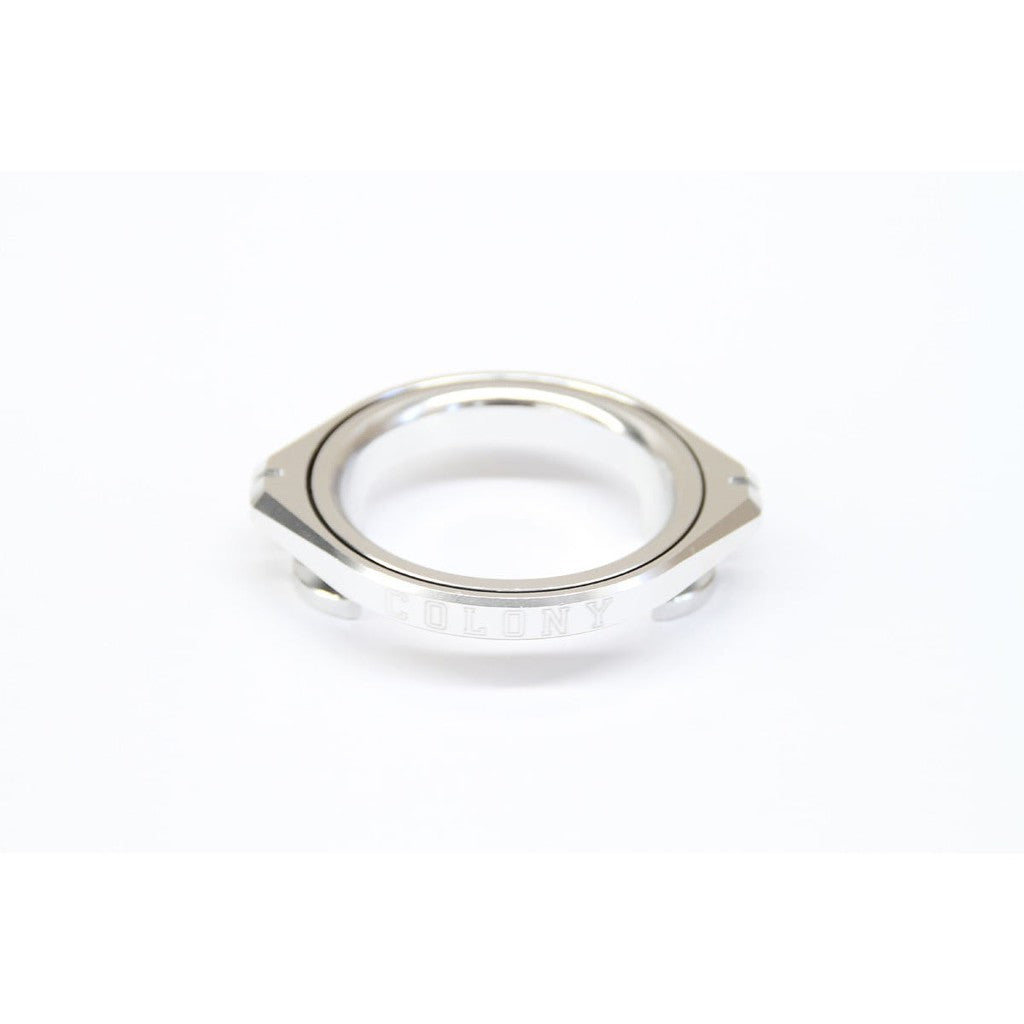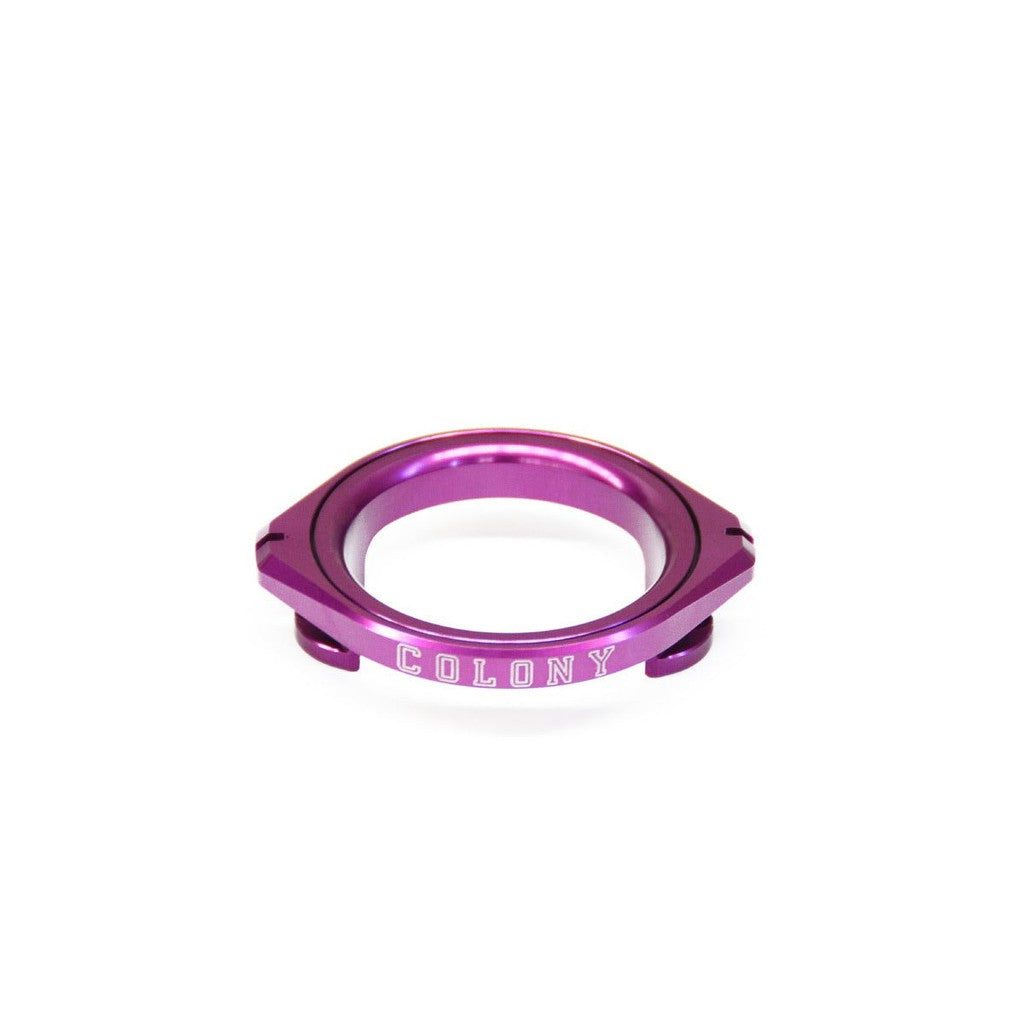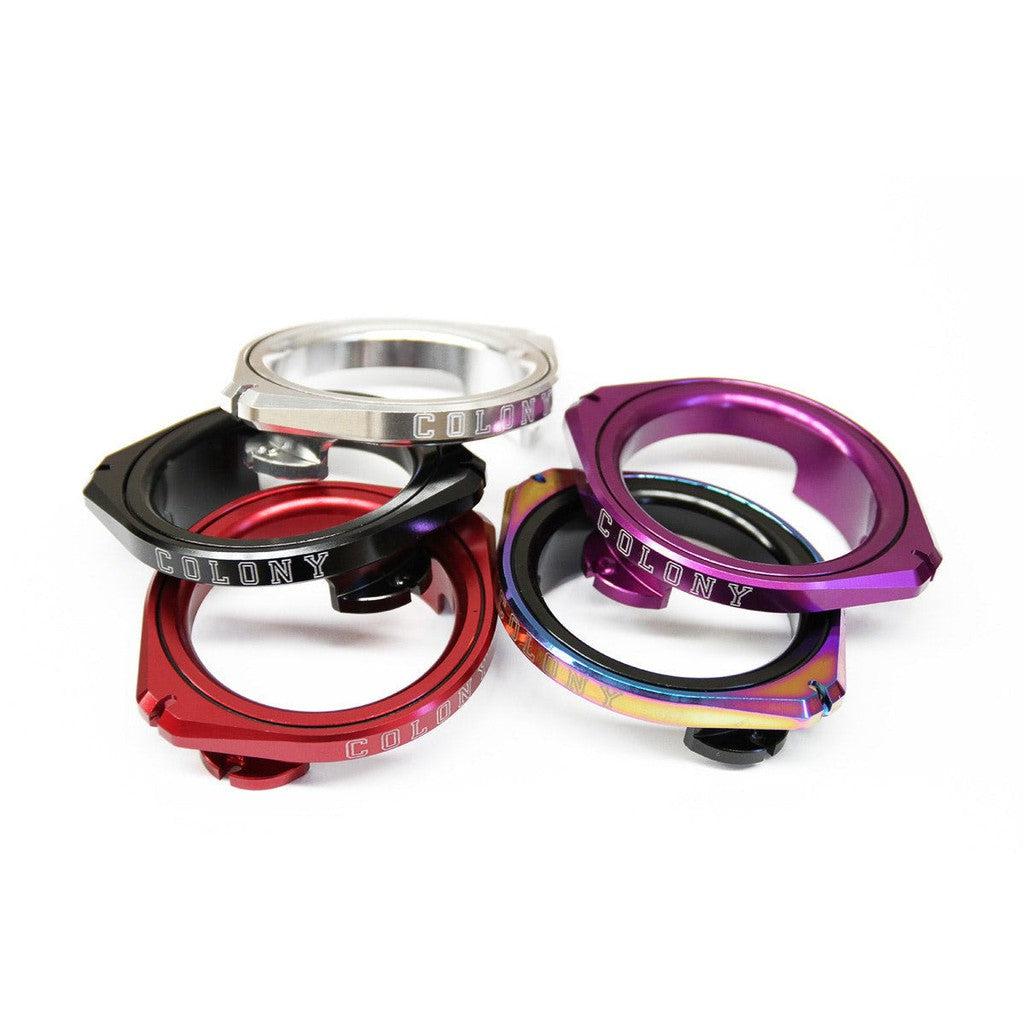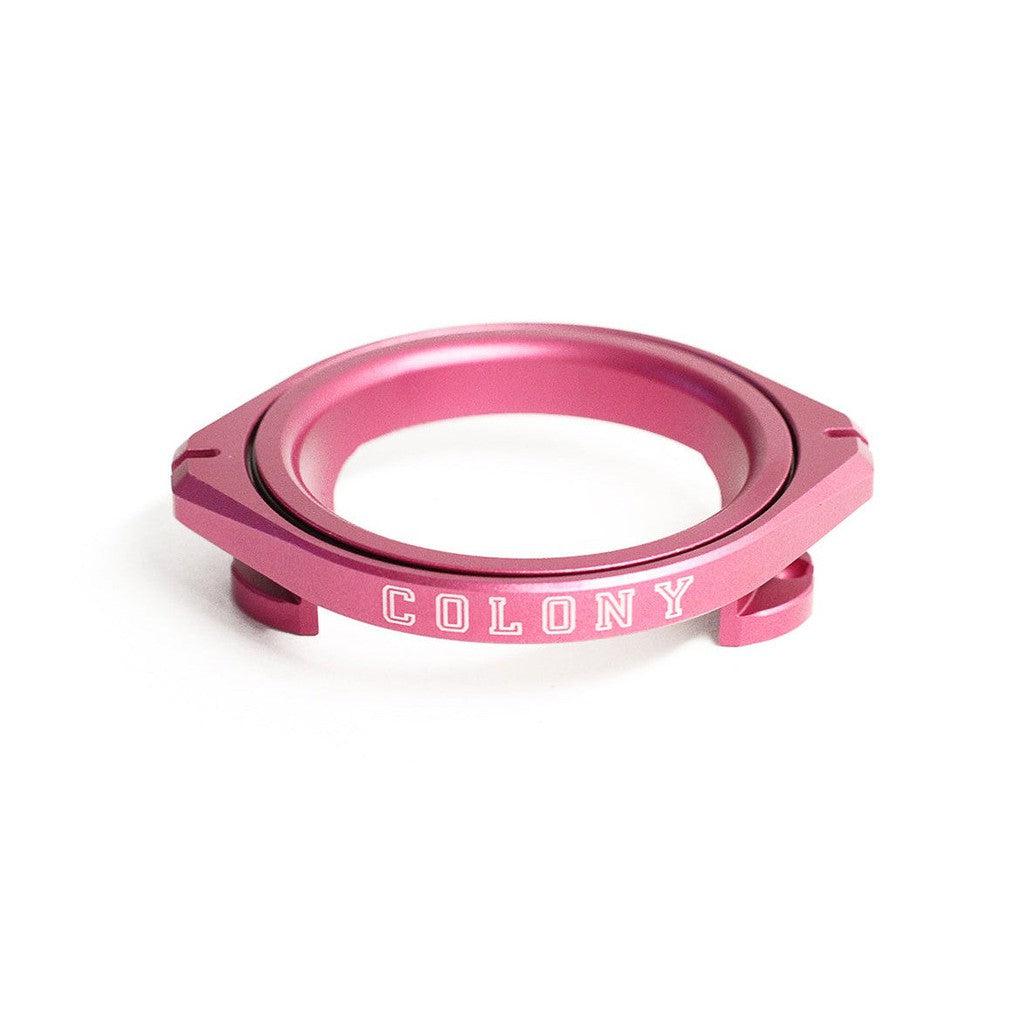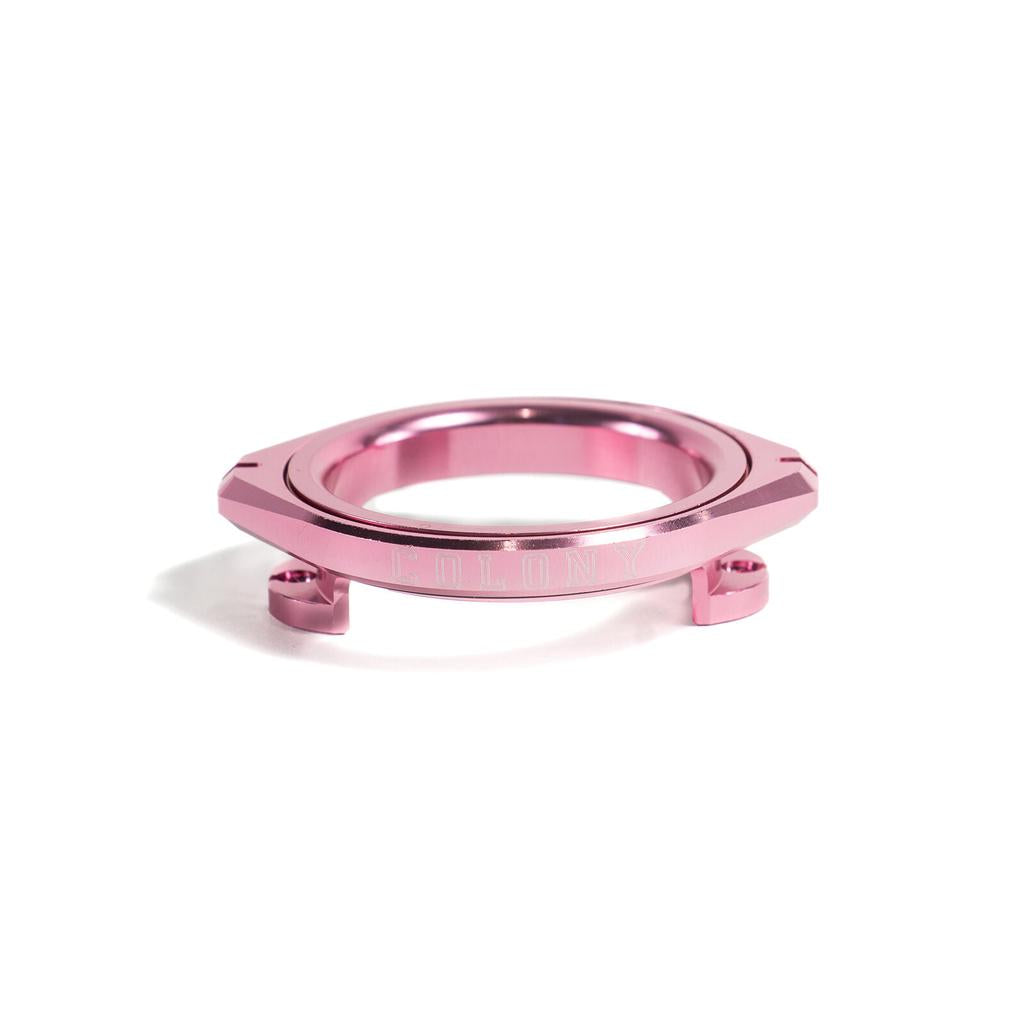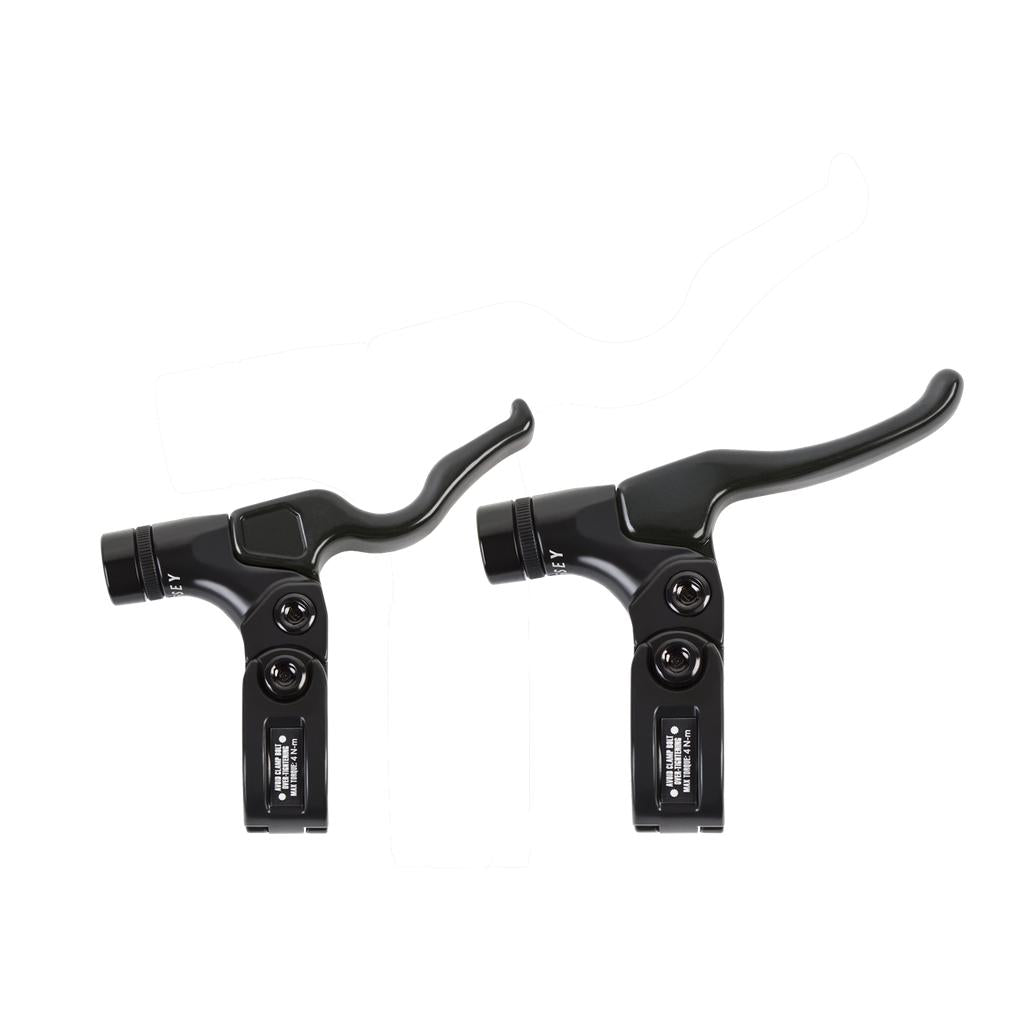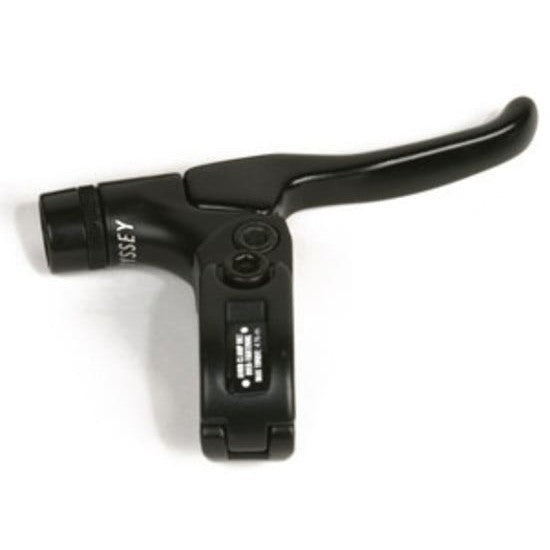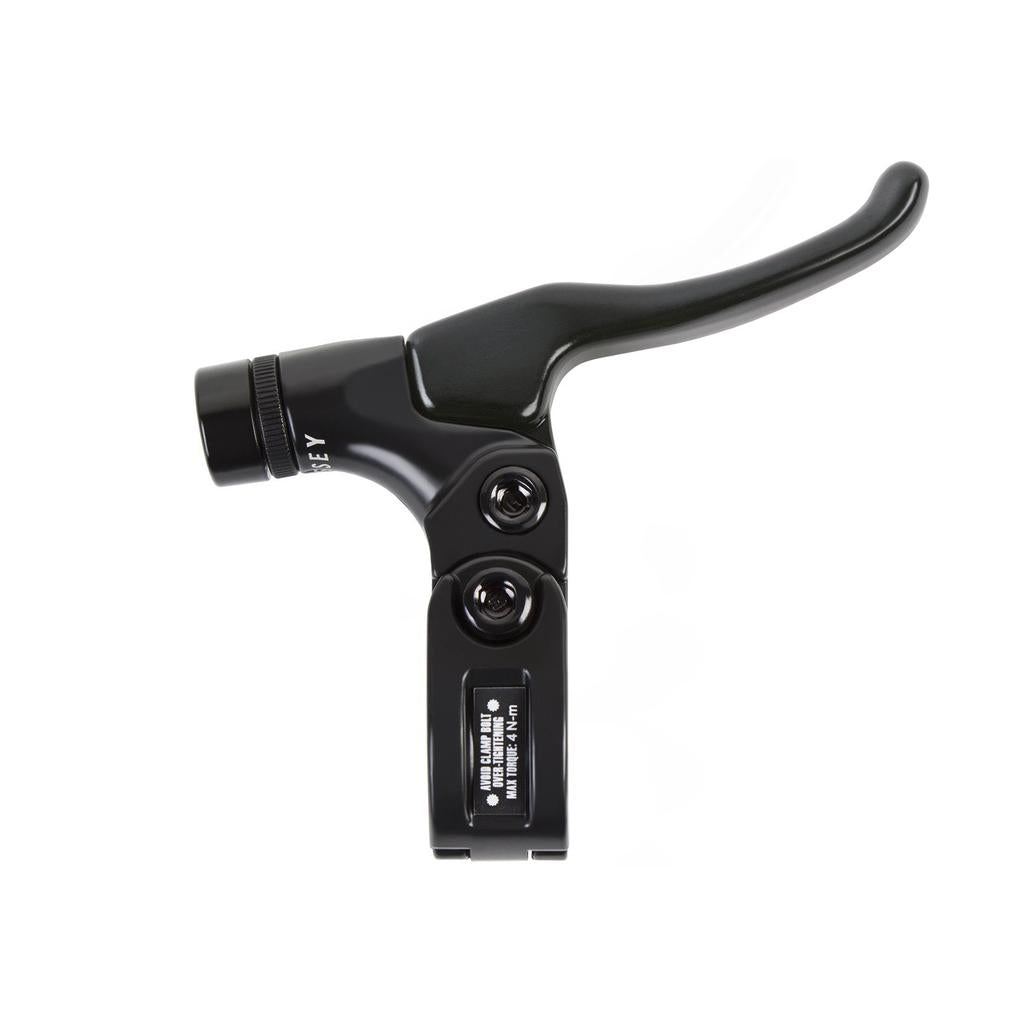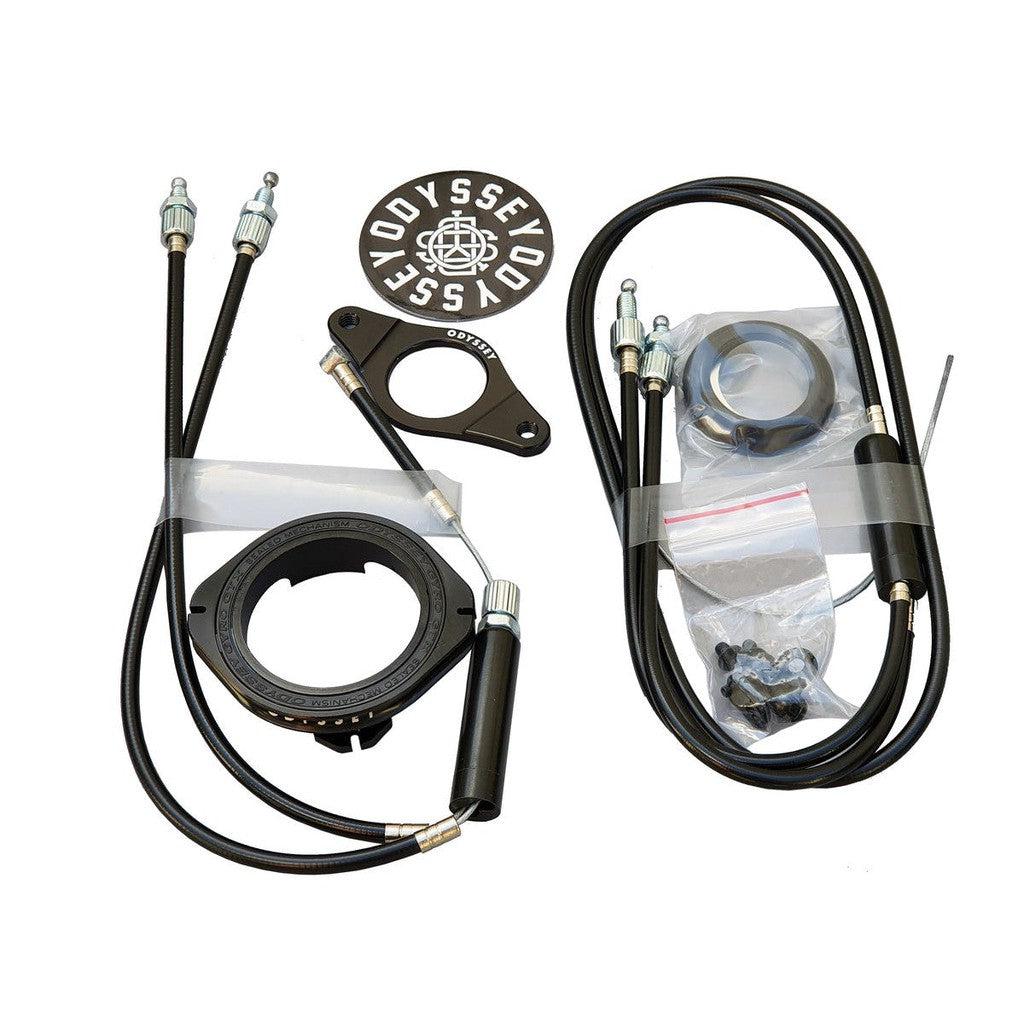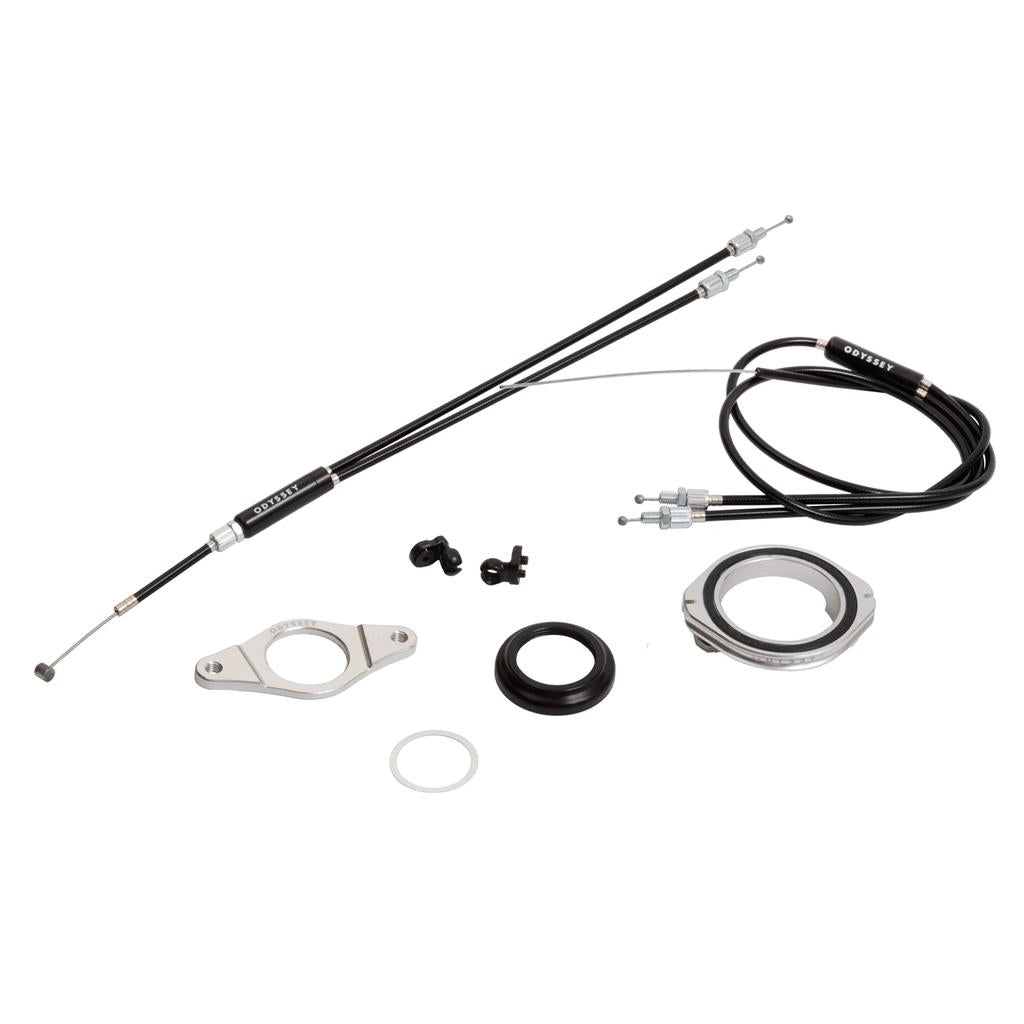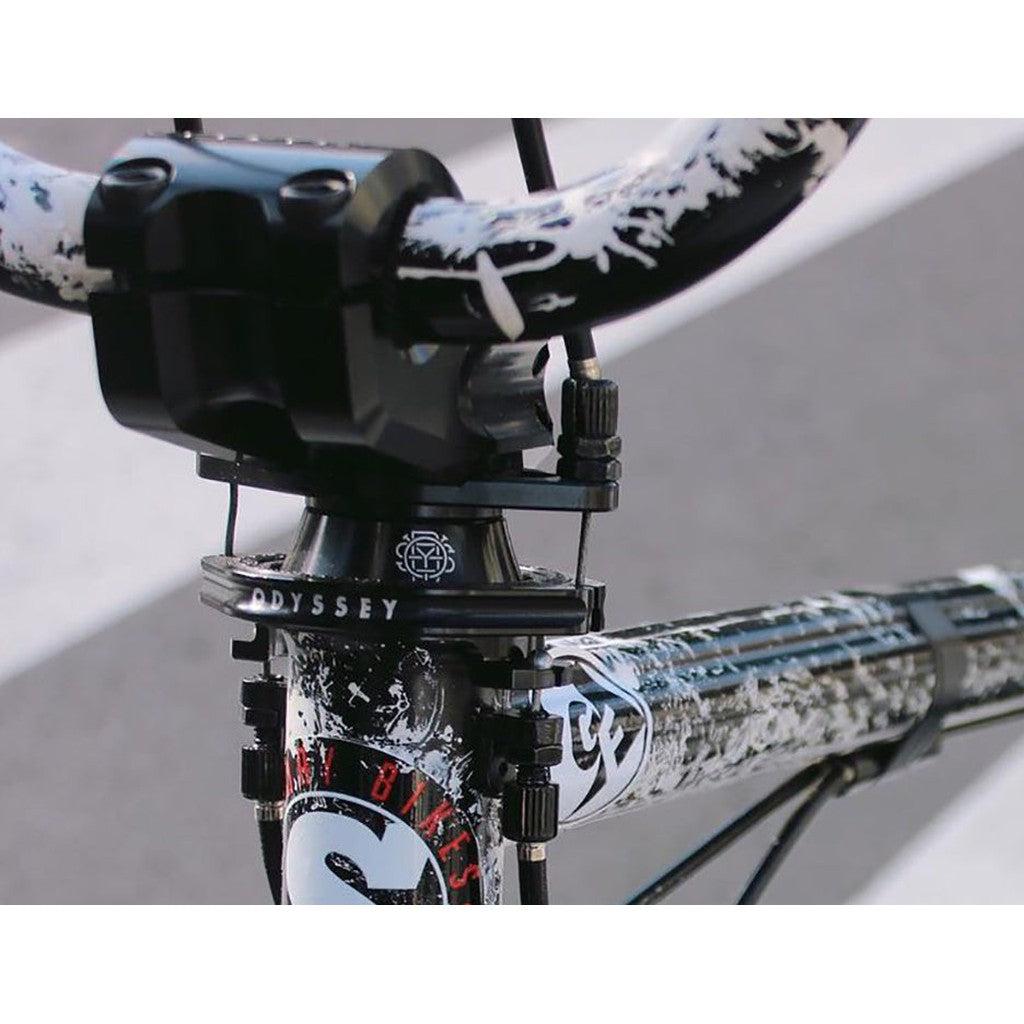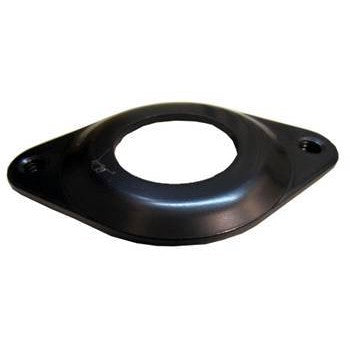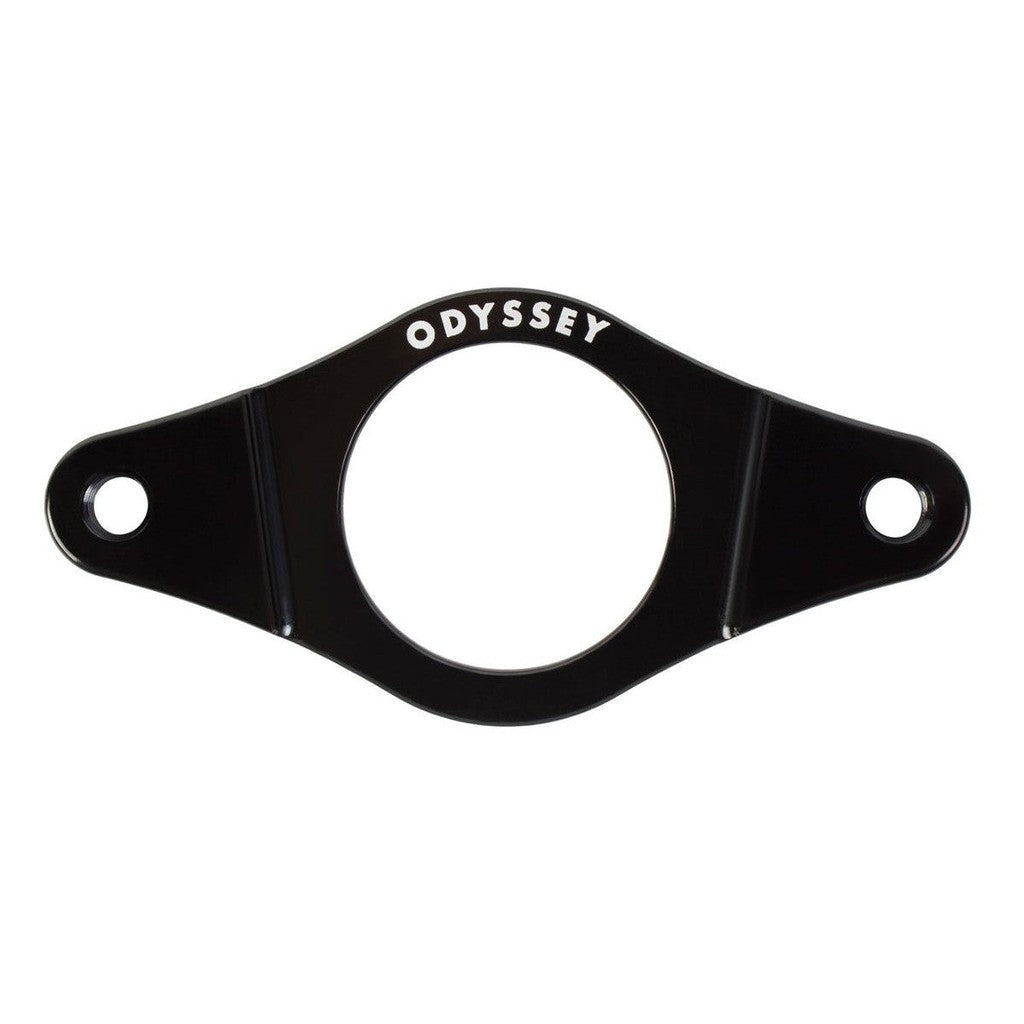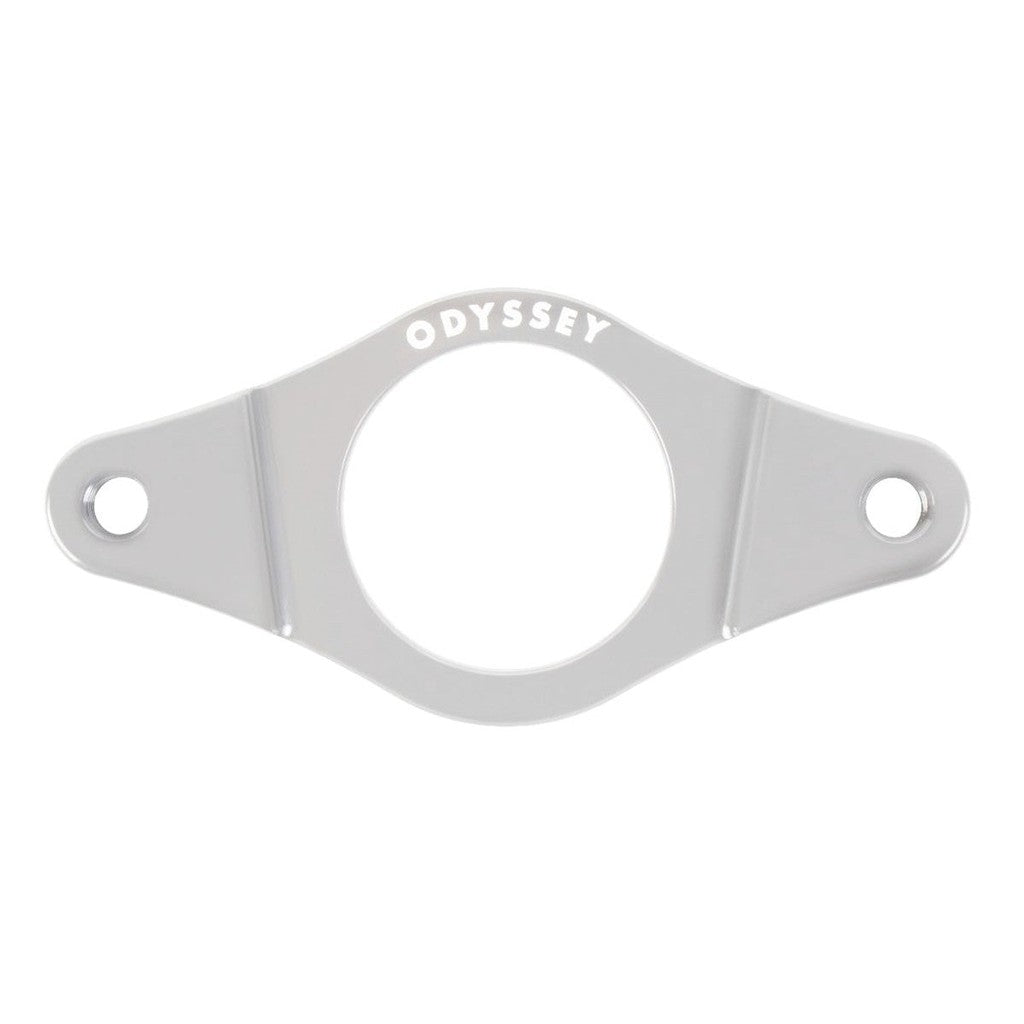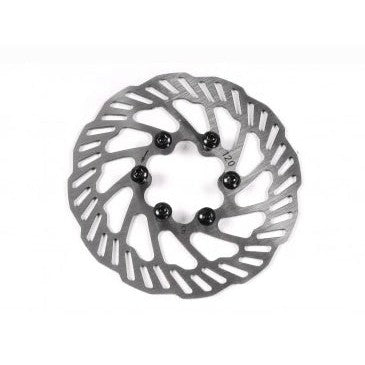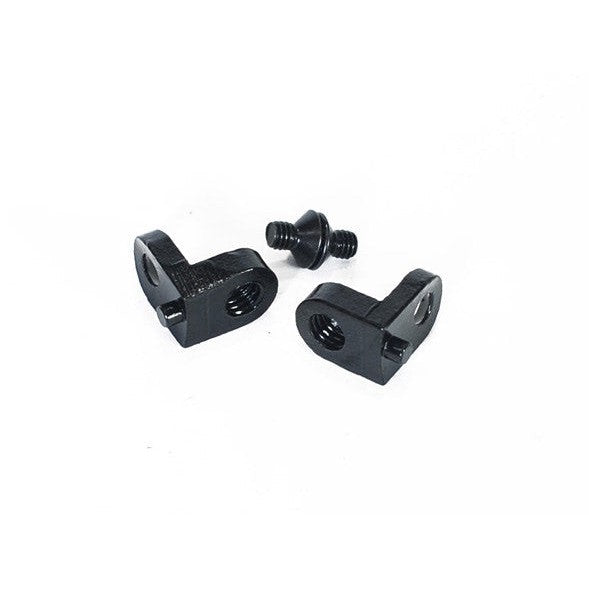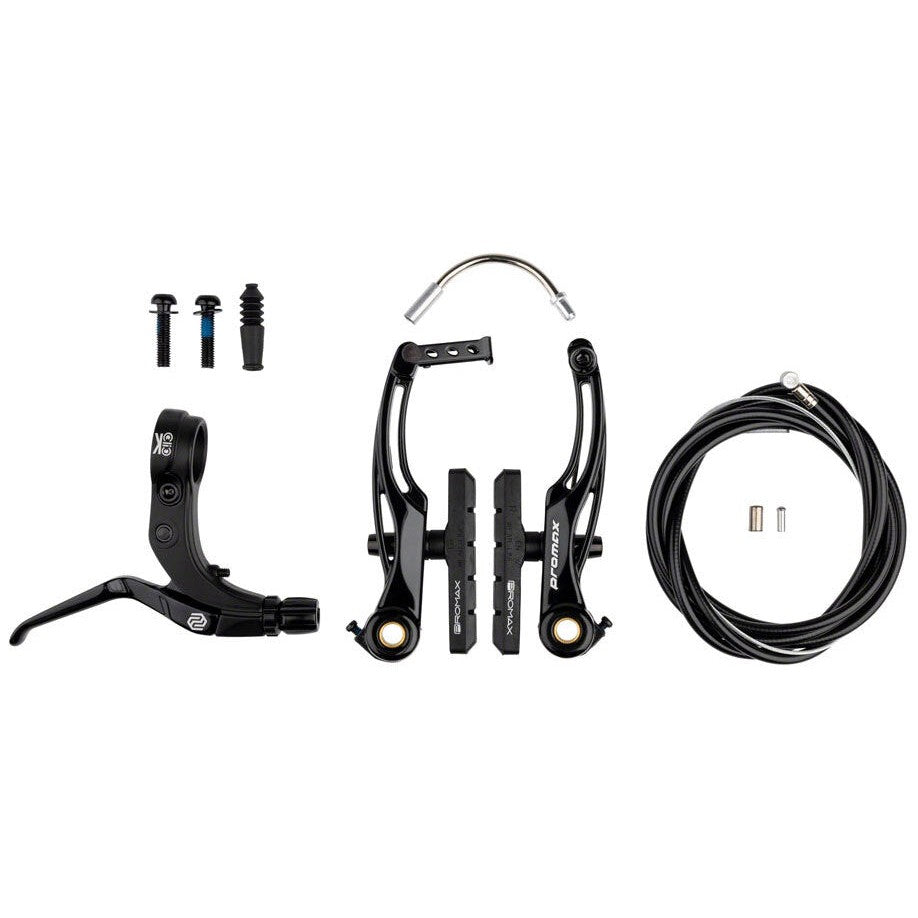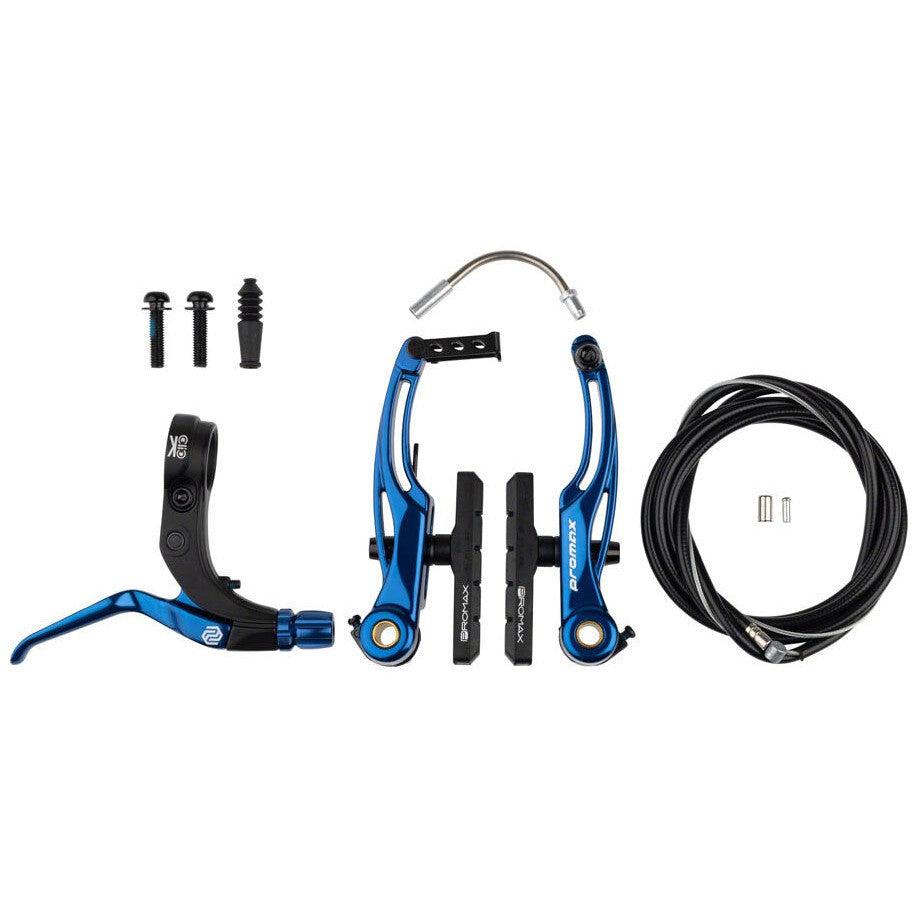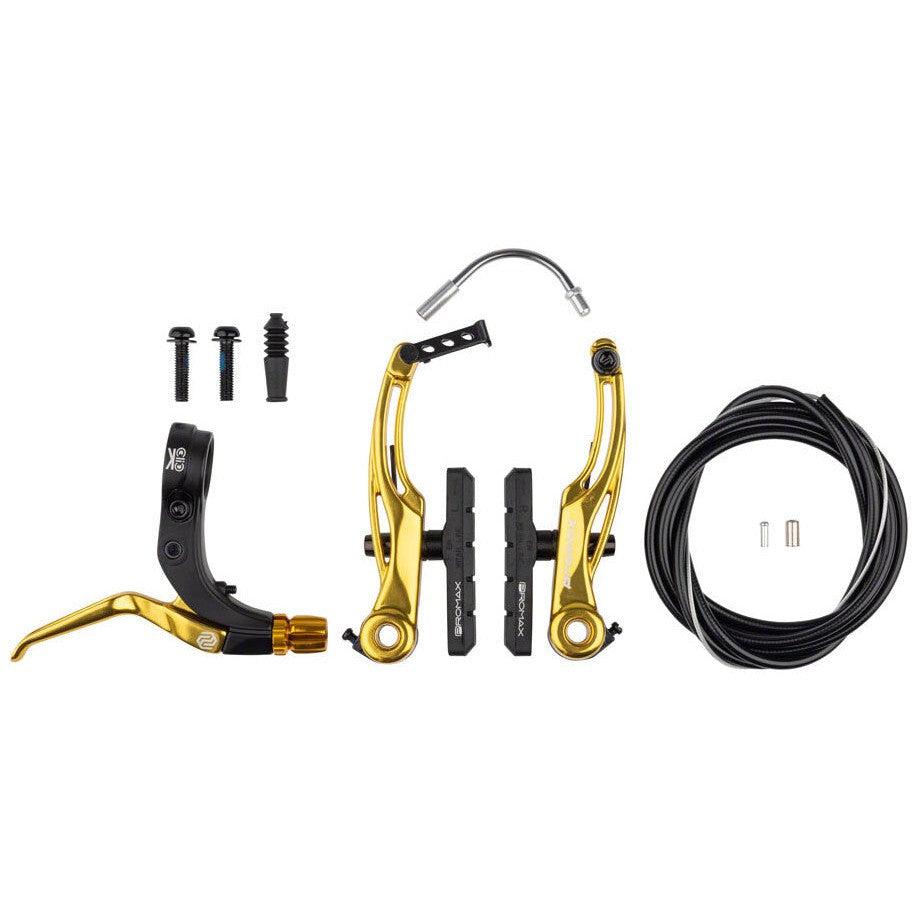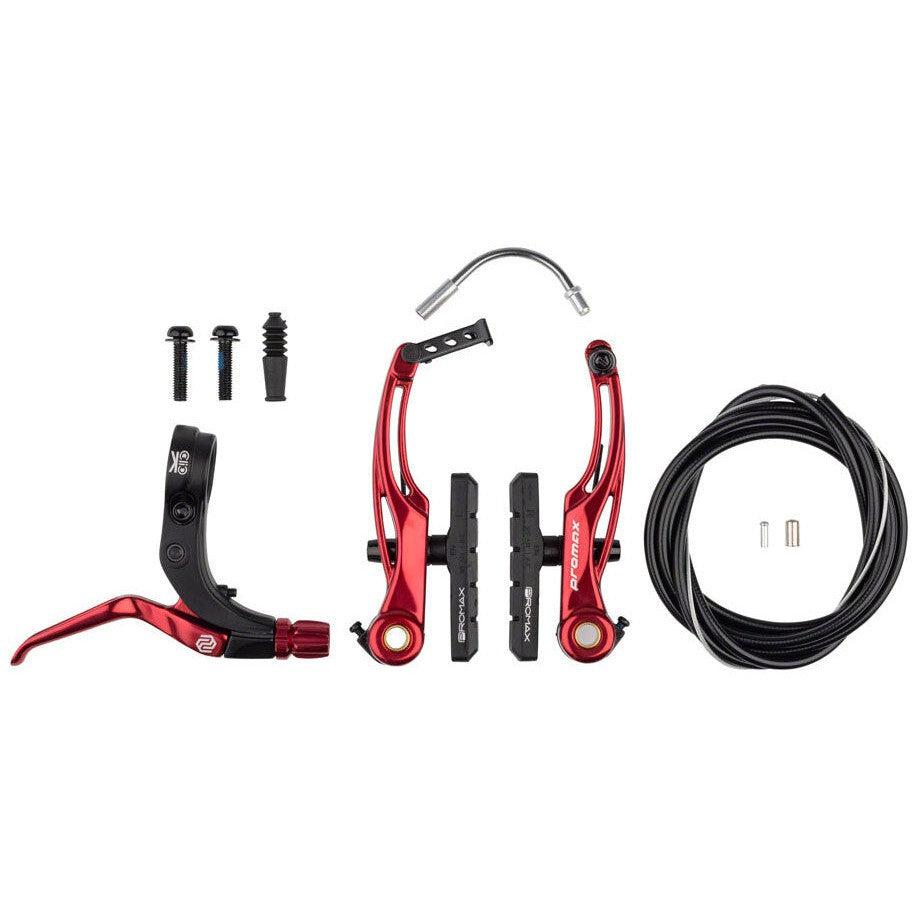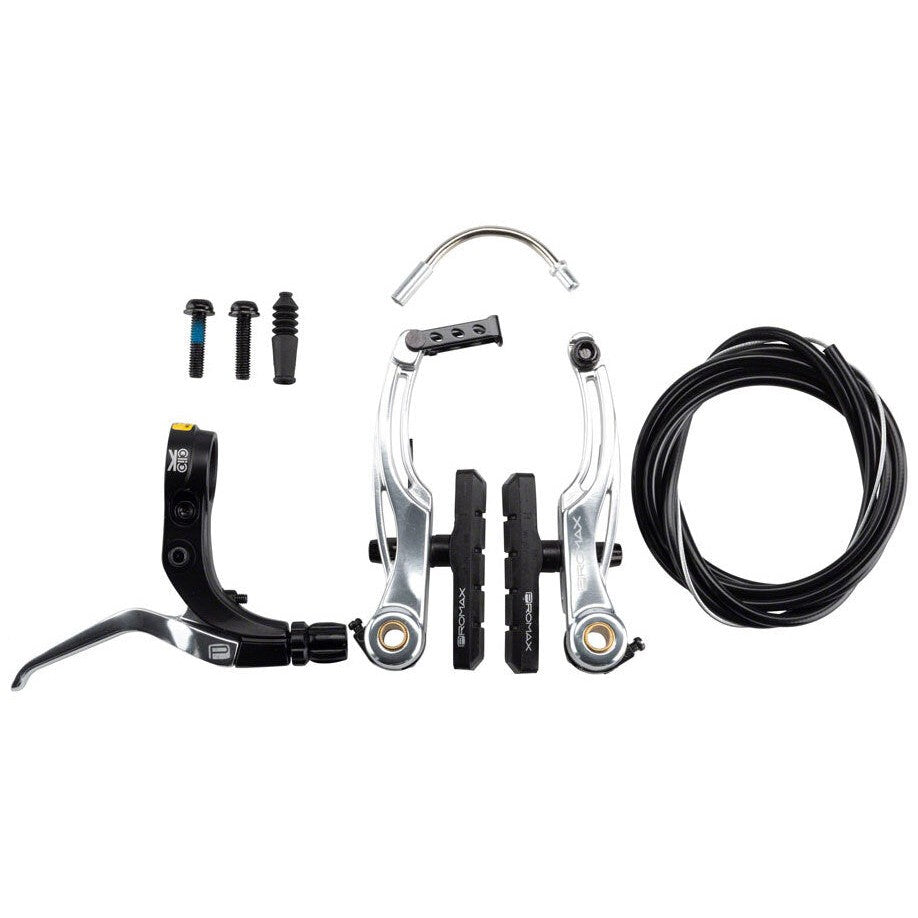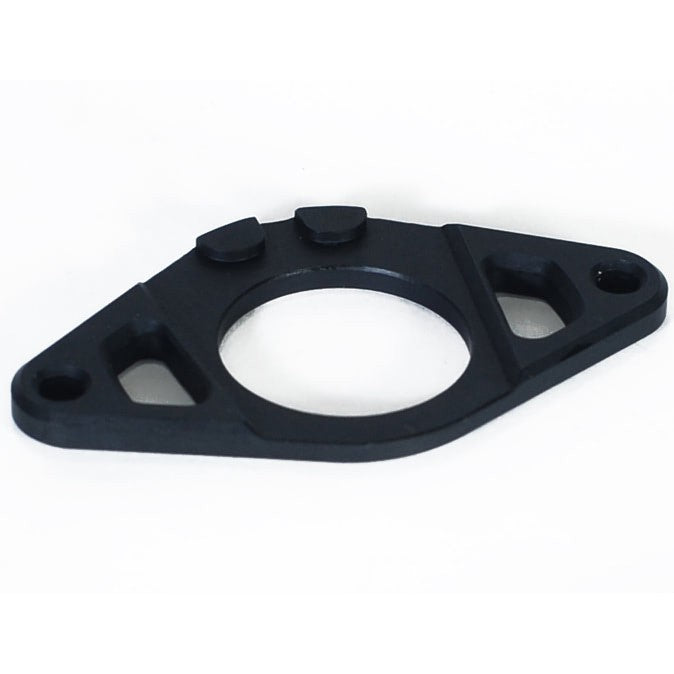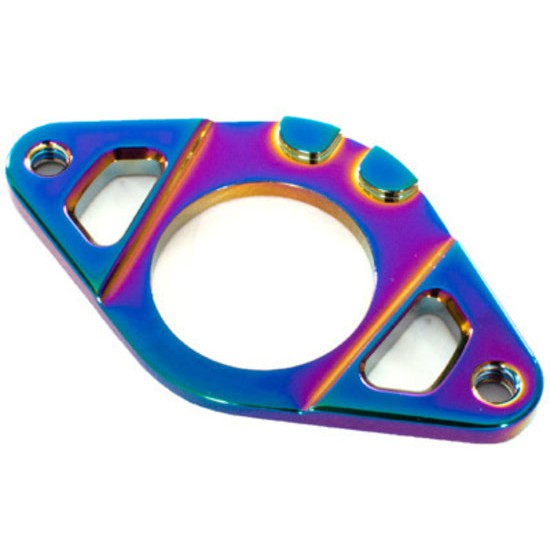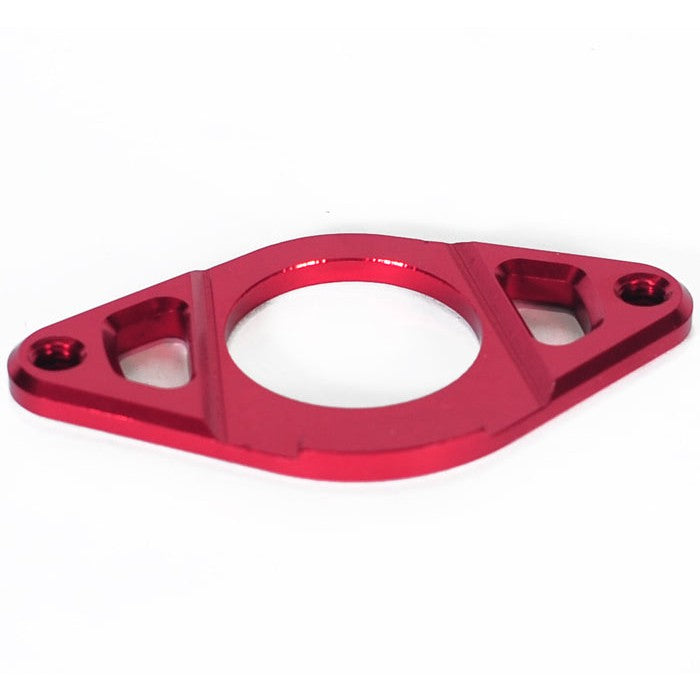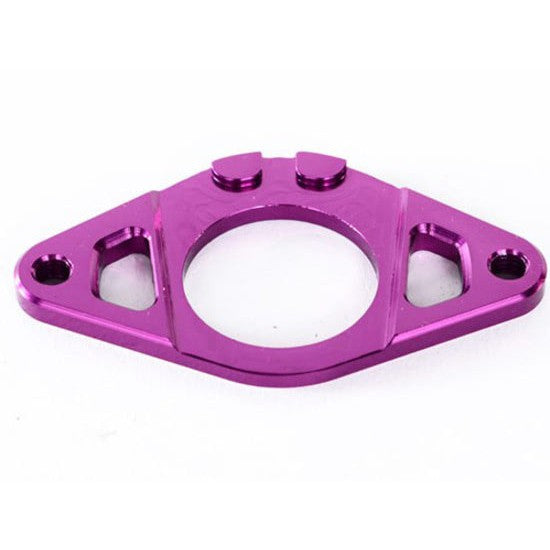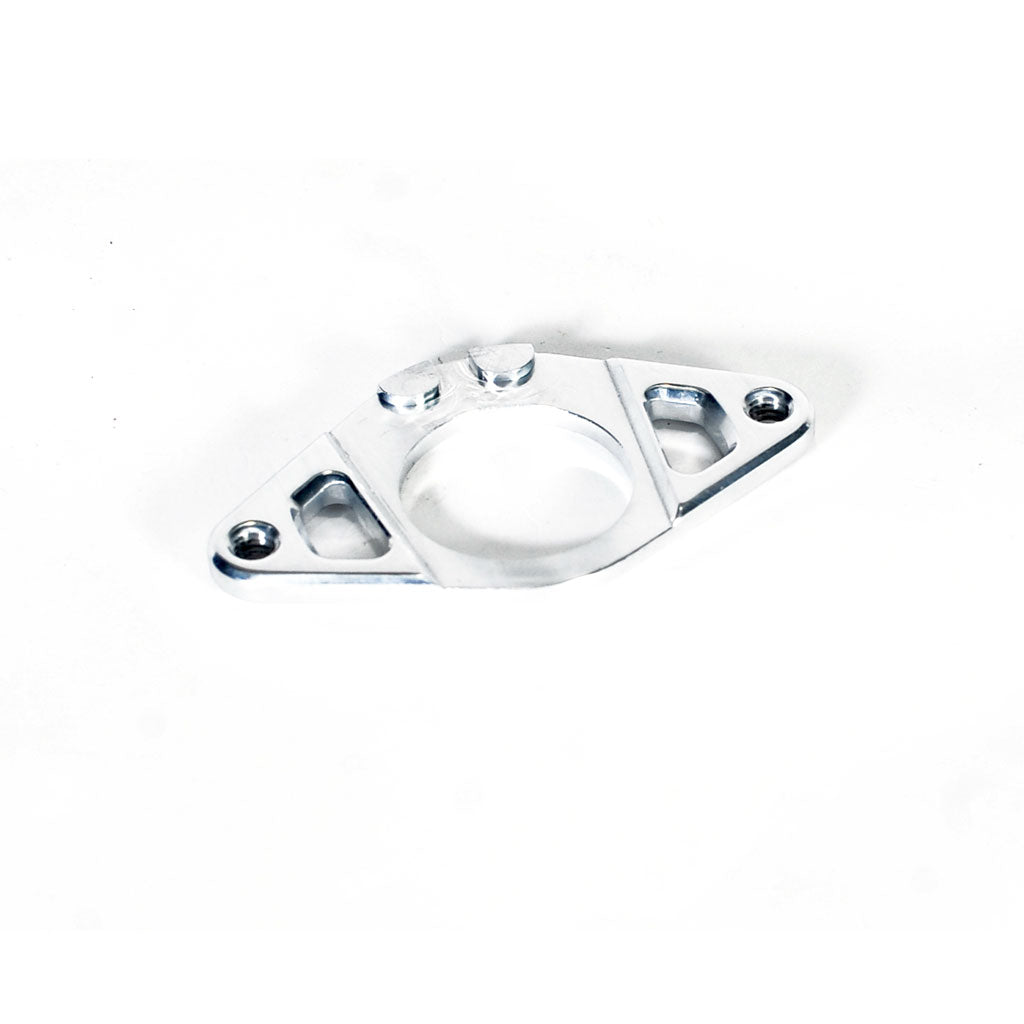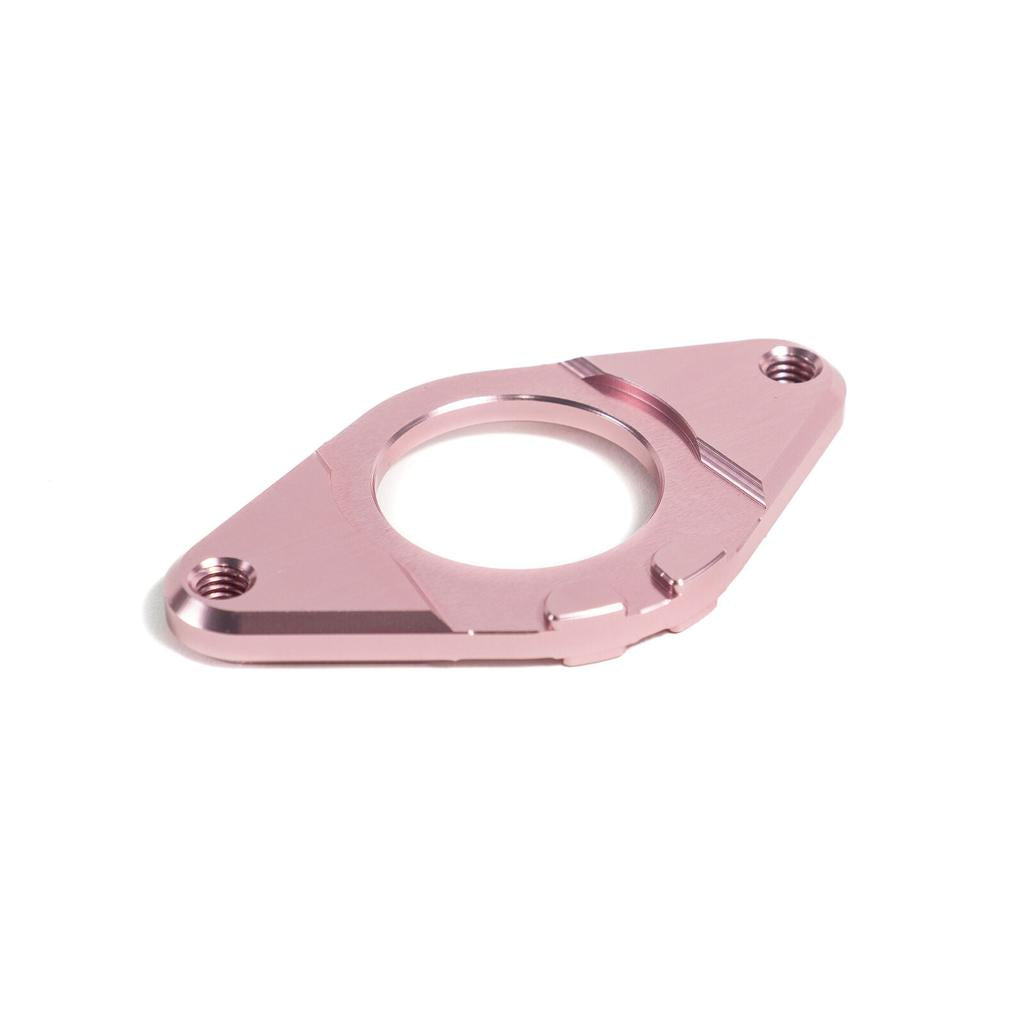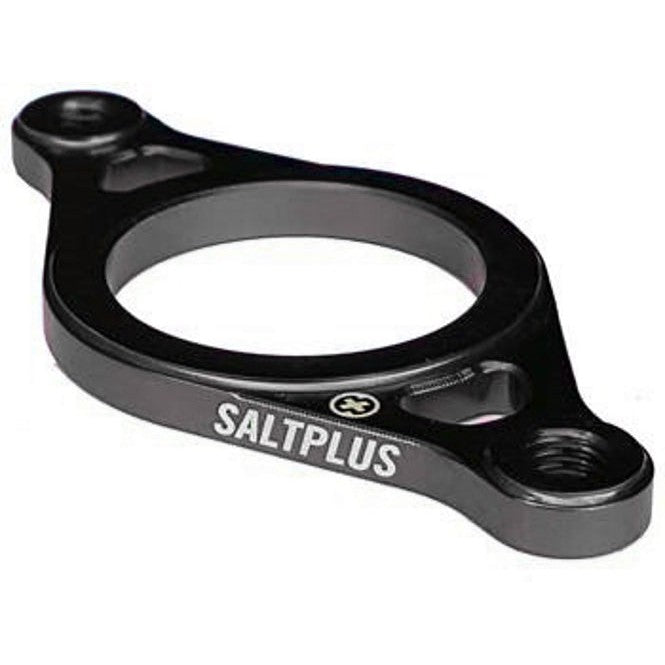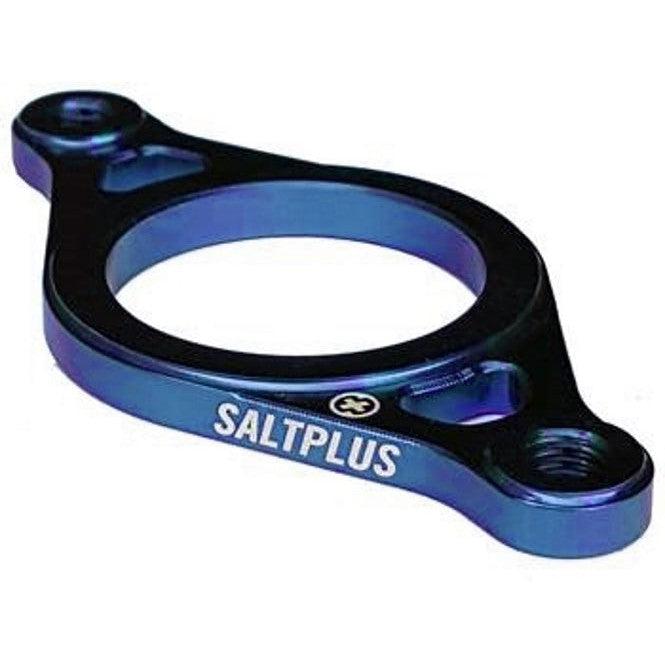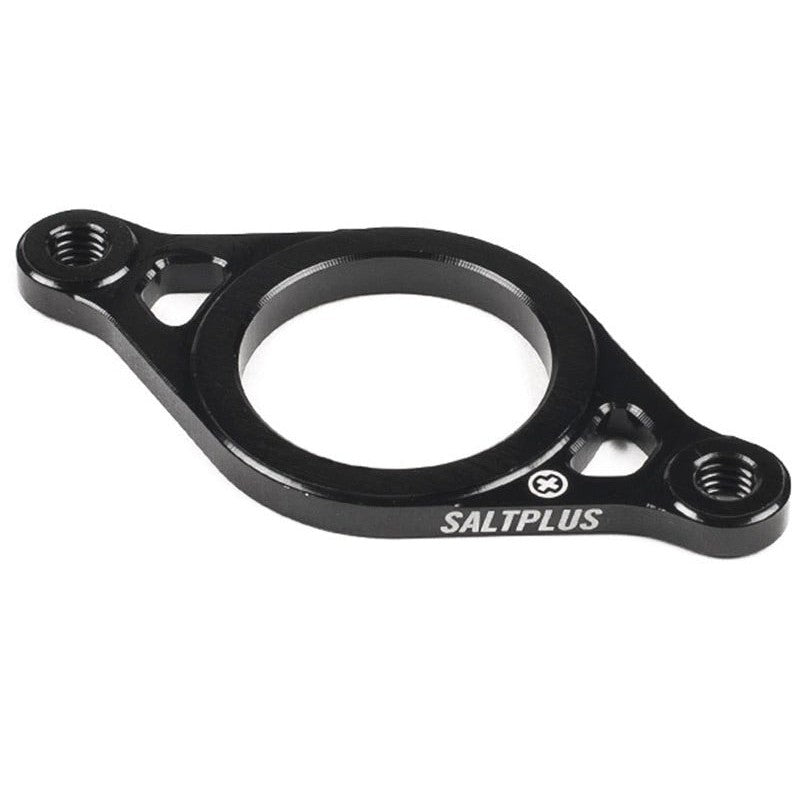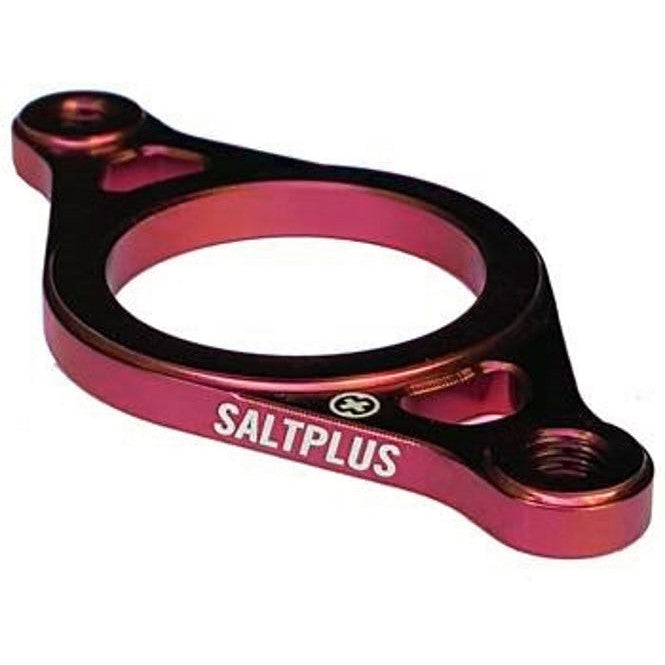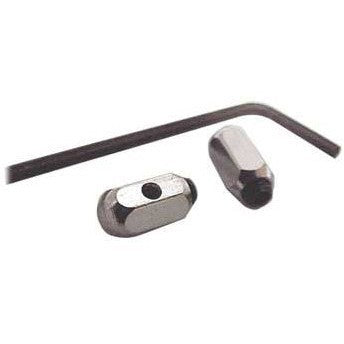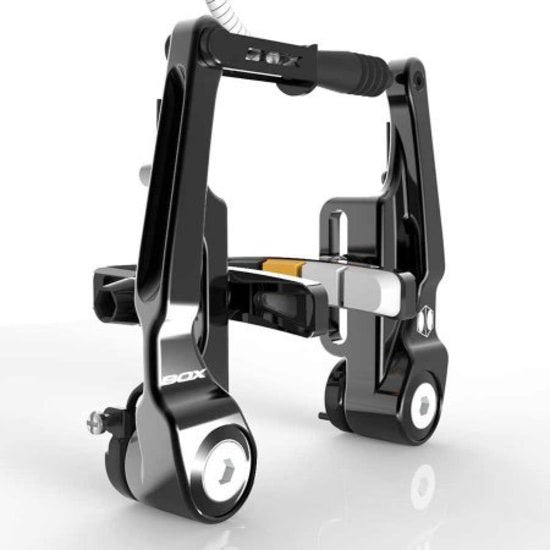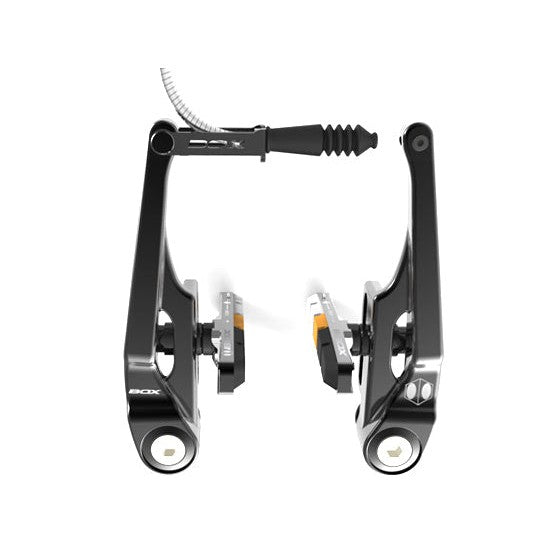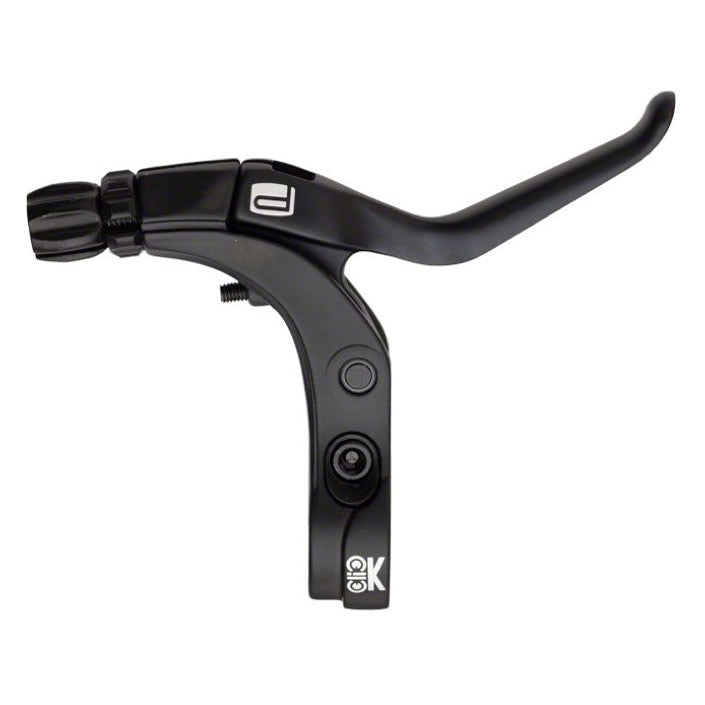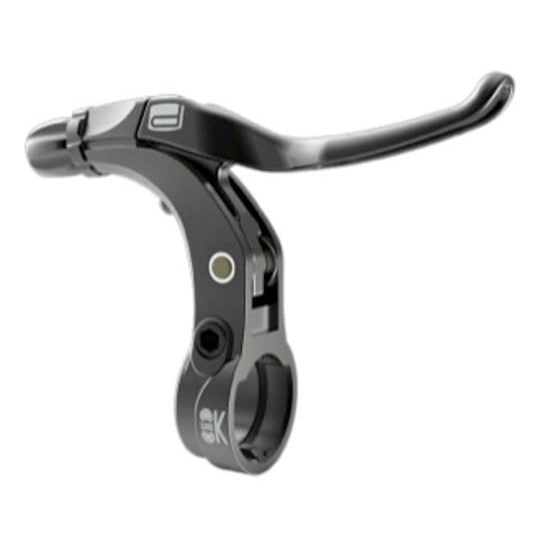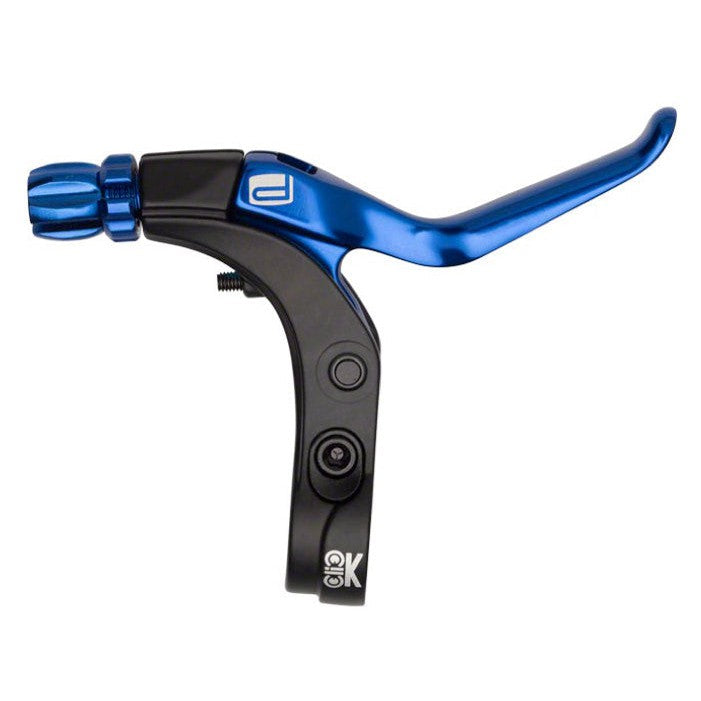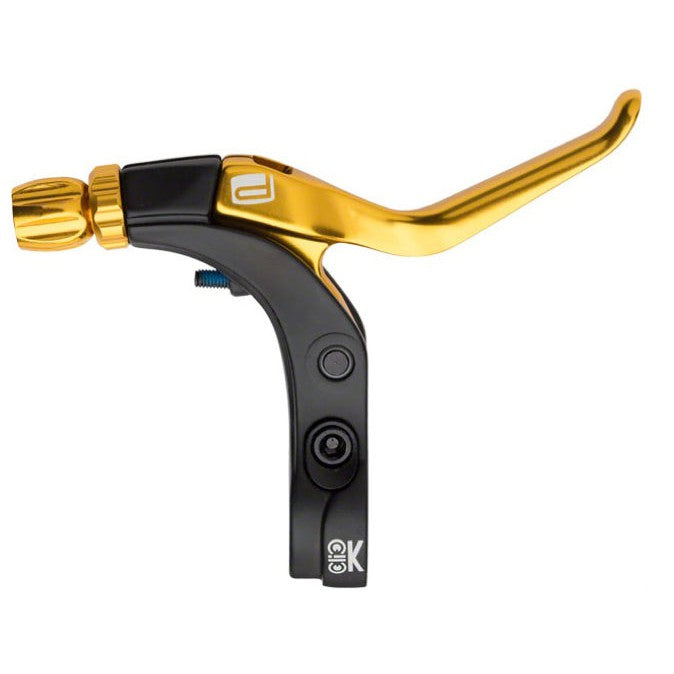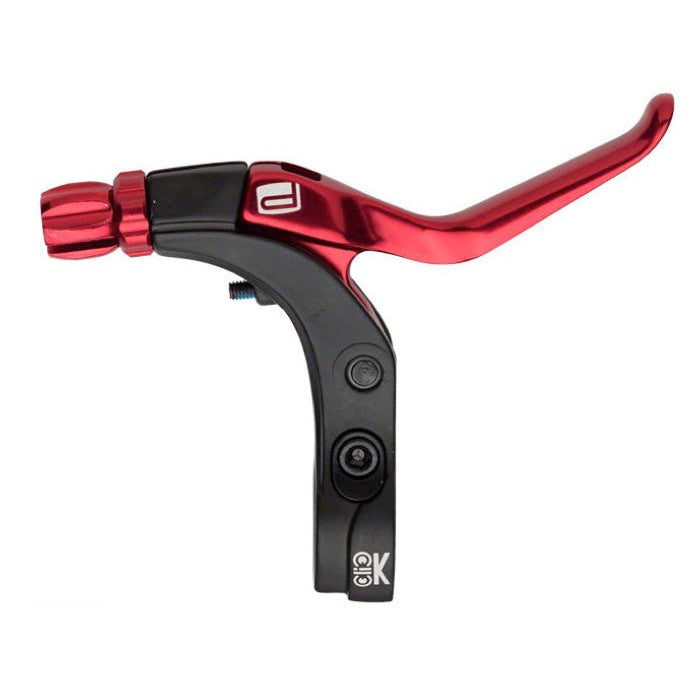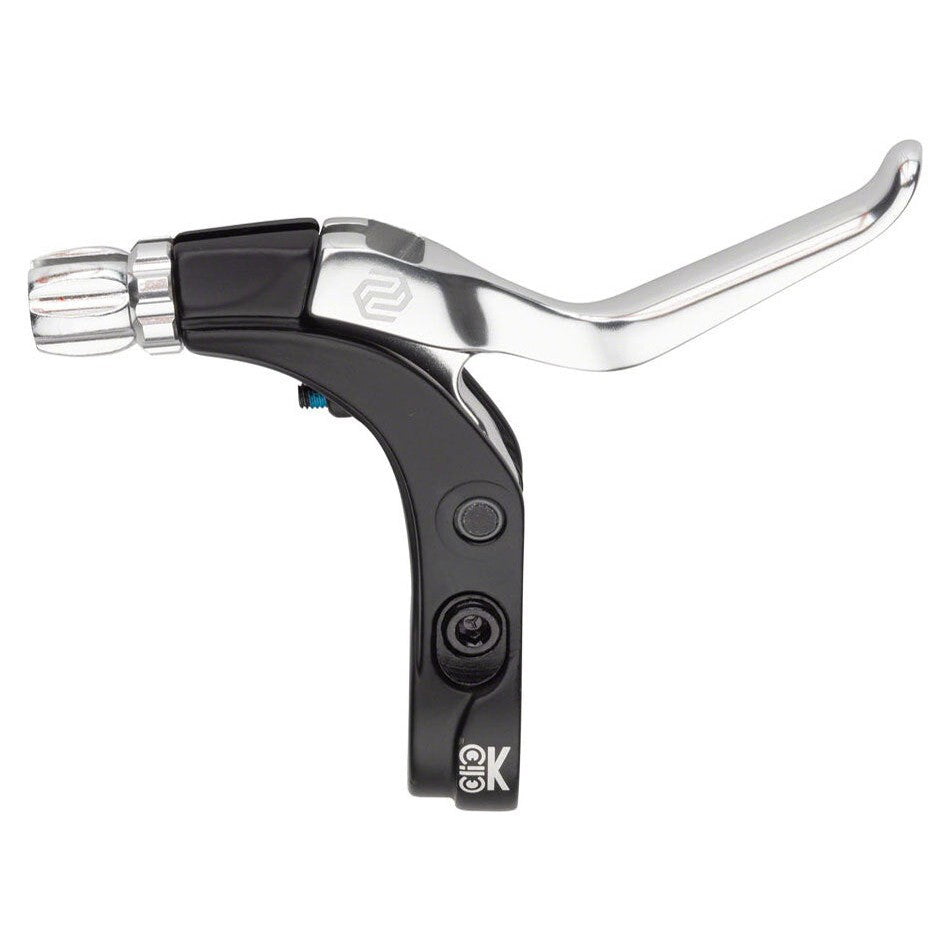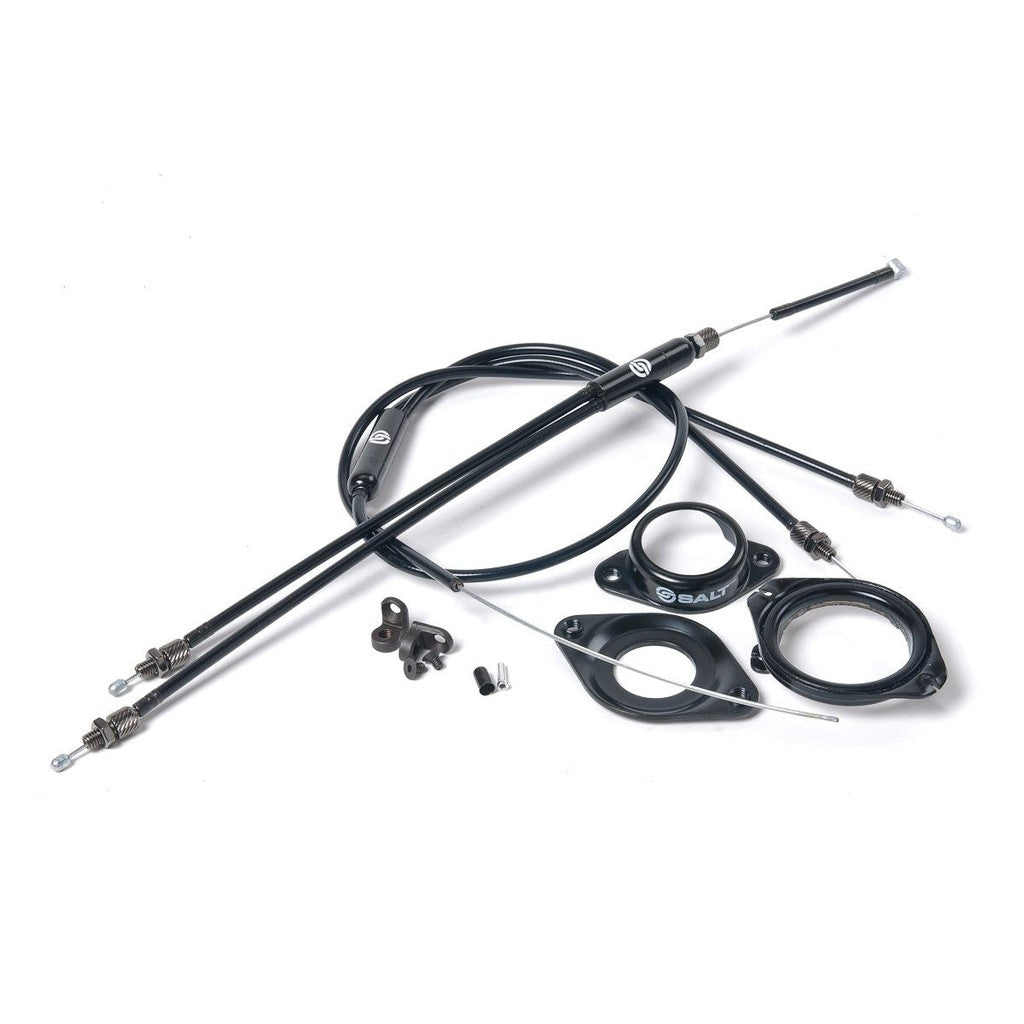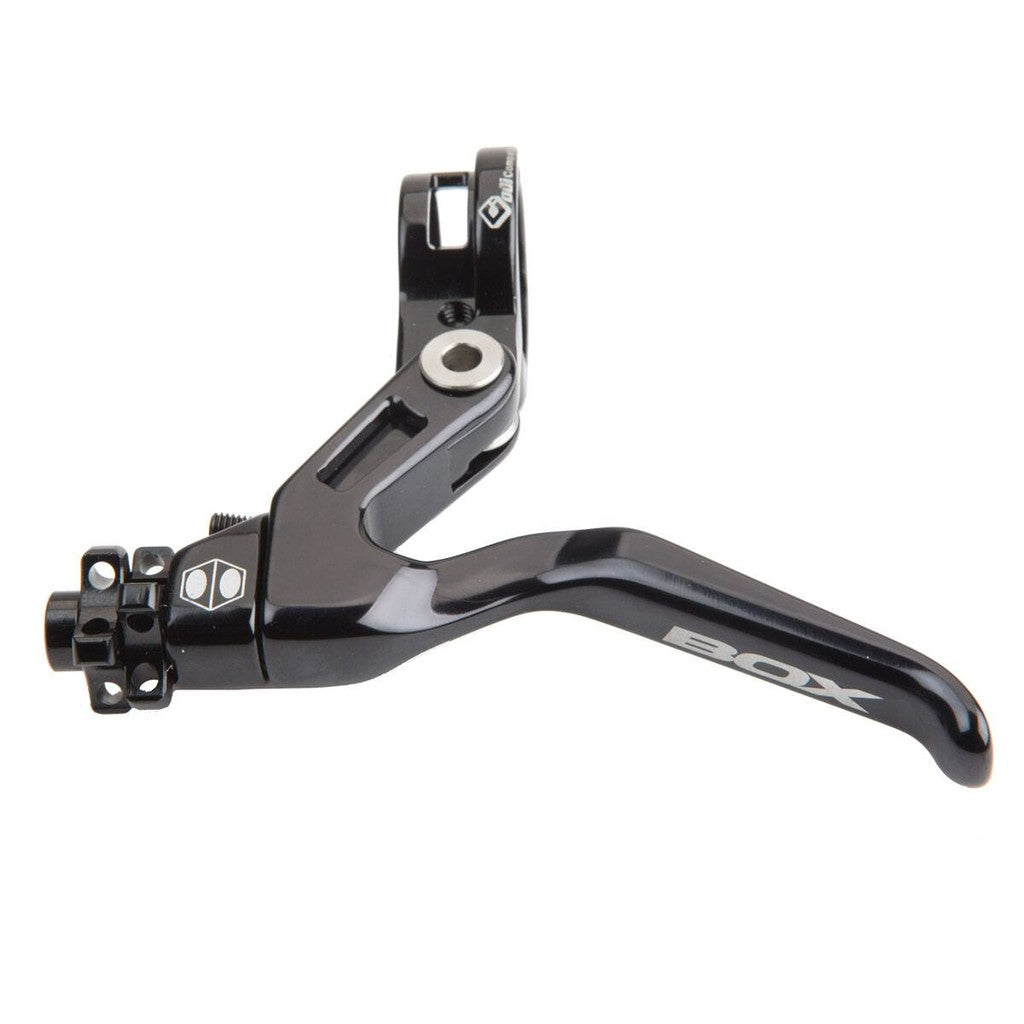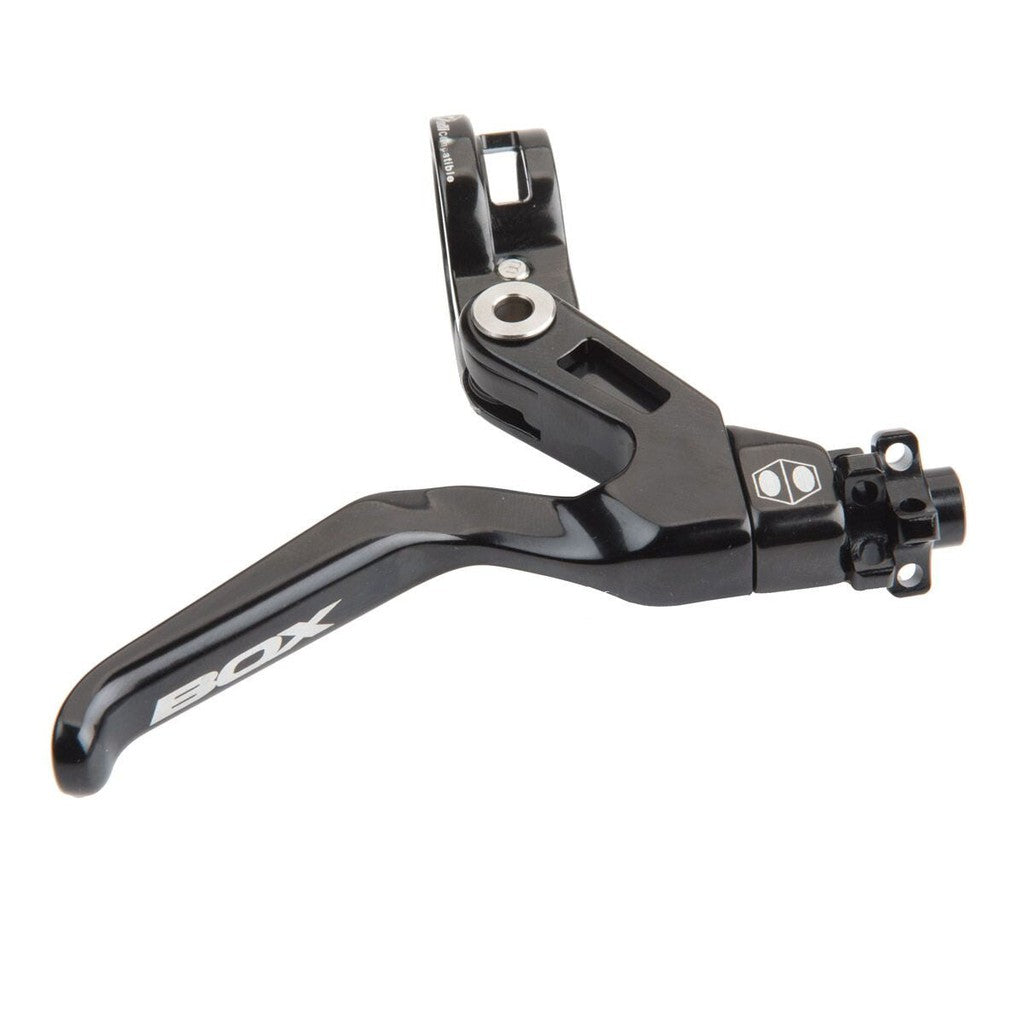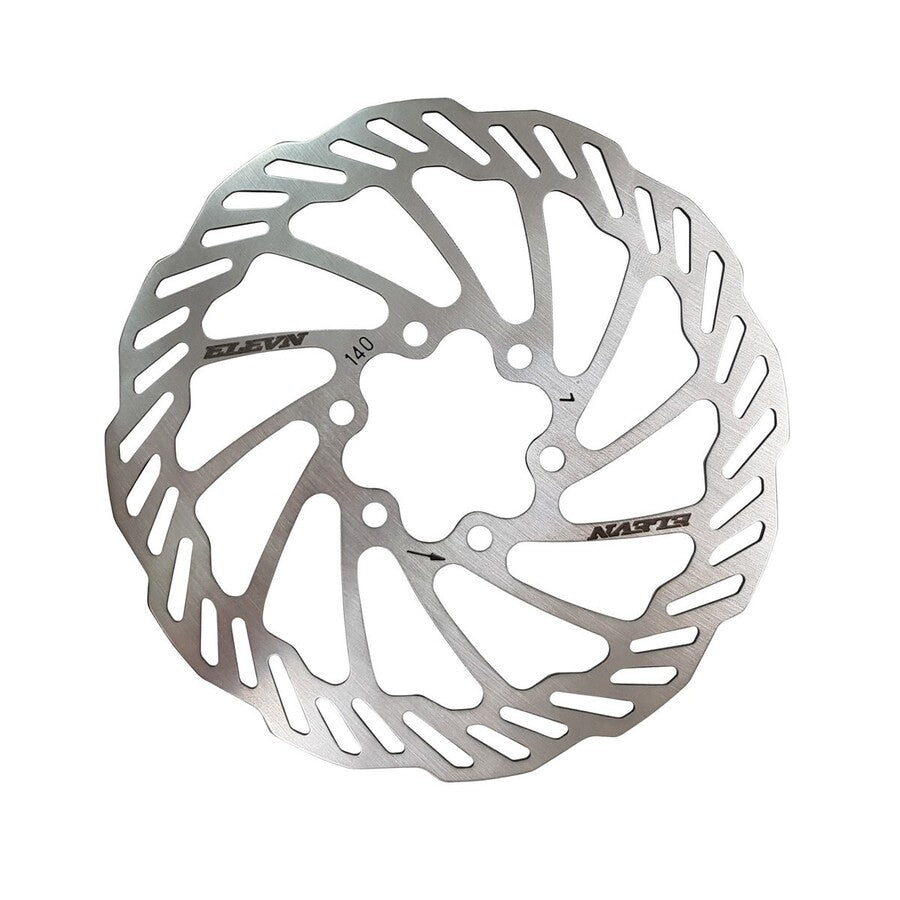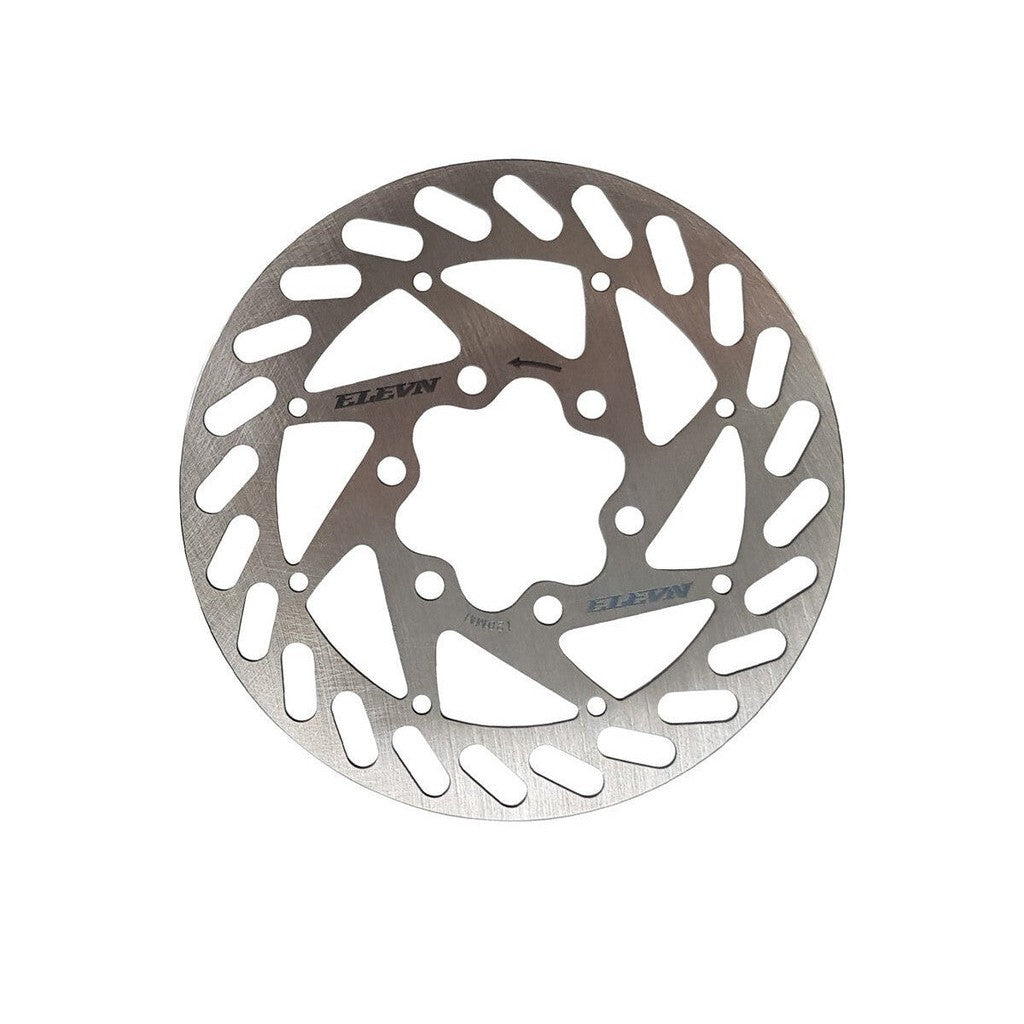Braking
Missing the mid 2000's? The squeak of your clear brake pads, pouring some coke on your rims to hear em squawk, the sweet feeling of pulling a skid down your neighbour's driveway? Our Brake selection consists of the best Brakes & Accessories available. LUXBMX has all angles covered when it comes to stopping in style. From Calipers, Levers, Cables, Gyro's, Mounts, Pads to Full Kits in all of your favourite brands. If you want to know how to fix your BMX Brakes drop us a line and our expert mechanics can run you through how to fix them up. Don't forget to reach out if you're unsure of the perfect brake set up for your new ride, get in touch with us.
Filters
BMX brakes, also known as BMX brake systems, are specialized braking systems designed specifically for BMX bikes. These brakes are typically very different from the brakes found on most other types of bicycles, as they are designed to be lightweight, strong, and durable to withstand the unique demands of BMX riding. We are rough on our bikes- let's be honest!
The most common type of BMX brake system is the "U-brake," which is a type of rim brake that is typically mounted on the rear of the bike although it is sometimes found on the front depending whether or not your forks have U-Brake mounts on them. U-brakes are lightweight and easy to install, and they provide reliable stopping power. They have brake pads that press on the rim of the wheel, which are connected to the brake arms. These brake arms are U-shaped and that's why it is called a U-brake.
Other types of BMX brakes include the Linear-pull brake, also known as "V-brake" that is similar to U-brake but the brake arms are bent in a V-shape. These are sometimes a little bit heavier than U-brakes and are found mostly on the front wheel, or the rear wheel of older model or cheaper bikes.
There is also the disc brake. BMX Disc brakes are becoming more and more popular among BMX Racers due to the increased stopping power and greater control they provide. These brake systems use brake pads that press against a rotor attached to the hub of the wheel. They can either be mechanical or hydraulic in operation with hydraulic being the more expensive of the two.
BMX riders can also opt for having no brake or a single rear brake, it depends on the riding style preference, the location of the riding spot, and if the rider is competing in BMX racing or shredding some Freestyle BMX. BMX bikes typically do not have brakes when riders need to be able to perform stunts and tricks such as tailwhips and barspins in high succession. The absence of brakes allows riders to spin the wheels/frame freely in the air and means that the bike will not get tangled up in brake lines. Another advantage of no brakes is that you won't clip your fingers on the brake lever when doing barspins and tricks where you take your hands off of the handlebars. Also, more recently it has undoubtedly become "cooler" to run no bakes, particualirly in BMX Street riding. Just shove your foot on the back tyre and skid to a halt. It's as easy as that.
A gyro is a device used on BMX bikes to control the bike with the use of brakes, without the brake lines getting tangled up. This allows riders to perform certain tricks that would be difficult or impossible without one, by providing more stability and precision during the trick execution, but is not necessary for every style of BMX riding. For example- if you were doing lots of tailwhips and still wanted brakes, the gyro can help the bike spin freely whilst still allowing you to use the brakes and lock up the cranks in position to help your feet land in the right spot on your pedals.
BMX racing regulations often require BMX bikes to have a braking system on the rear wheel. So be sure to check with your local club!
Overall, BMX brakes are designed to provide reliable and powerful stopping power for BMX bikes, while being lightweight and durable enough to handle the unique demands of BMX riding.
So do us a favour and go rip a skid! Yeeew!
Missing the mid 2000's? The squeak of your clear brake pads, pouring some coke on your rims to hear em squawk, the sweet feeling of pulling a skid down your neighbor's driveway. Our Brake selection consists of the best Brakes & Accessories available. LUX BMX has all angles covered when it comes to stopping in style. From Calipers, Levers, Cables, Gyro's, Mounts, Pads to Full Kits in all of your favourite brands... If you want to know how to fix your BMX Brake drop us a line and our expert mechanics can run you through how to fix them up step by step. Don't forget to reach out if you're unsure of theperfect brake set upfor your new ride,get in touch with us.
We understand that many BMX riders prefer to ride without brakes, as they enjoy the freedom and simplicity that comes with a brakeless setup. However, having brakes on a BMX bike is great for several reasons. In this article, we'll explore the various benefits of having brakes on a BMX bike, including increased safety, greater precision and better consistency.
Safety
Perhaps the most important reason to have brakes on your BMX bike is safety. Brakes allow you to maintain control of your bike and stop quickly in case of an emergency. Without brakes, it can sometimes be difficult to slow down or stop your bike, which can be a bit dangerous in traffic, on steep hills, or in other hazardous situations. (Although this can be comepletely up to a riders skill level)
Precision
Brakes also provide greater precision and control, especially when performing tricks or maneuvers that require tight turns, quick stops, or changes in speed. With brakes, you can more easily modulate your speed and make small adjustments to your line or trajectory. This can be particularly useful when riding in tight spaces, navigating crowded skateparks, or attempting technical maneuvers that require a high level of skill and control.
Consistency
Another benefit of having brakes on your BMX bike is that they help to ensure that you can maintain a consistent speed throughout your ride. Without brakes, it can be challenging to control your speed, and you may find yourself going faster or slower than intended, which can affect your performance. By using your brakes to slow down or stop the bike, you can reduce the stress on your body and maintain a more consistent pace, which can help you ride more efficiently and effectively.
Frequently Asked Questions
Q: Do I really need brakes on my BMX bike?
A: Having brakes on your BMX bike can assist with safety, precision, consistency, and longevity. However, having brakes or no brakes is completely up to you. Check with your local laws as you may be required to have them installed on your bike.
Q: What type of brakes should I use on my BMX bike?
A: There are several types of brakes available for BMX bikes, including caliper brakes, U-brakes, V-brakes, and disc brakes. The type of brake you choose will depend on your riding style, preferences, and budget.
Q: Can I still do tricks and maneuvers with brakes on my BMX bike?
A: Yes, having brakes on your BMX bike doesn't mean that you can't perform tricks and maneuvers. In fact, brakes can often make these maneuvers easier and more precise, as they provide greater control and modulation.
Q: Are brakes difficult to install on a BMX bike?
A: Installing brakes on a BMX bike can be a bit challenging, especially if you're not familiar with bike maintenance and repair. However, with the right tools and a bit of know-how, most riders should be able to install brakes themselves or with the help of your favourite BMX shop- LUXBMX.
Q: Do professional BMX riders use brakes on their bikes?
A: Yes, many professional BMX riders use brakes on their bikes, as they recognize the benefits of having increased safety, precision, consistency, and longevity

